Best wired earbuds: top choices tried and tested by our experts
Excellent earbuds for a range of budgets and requirements
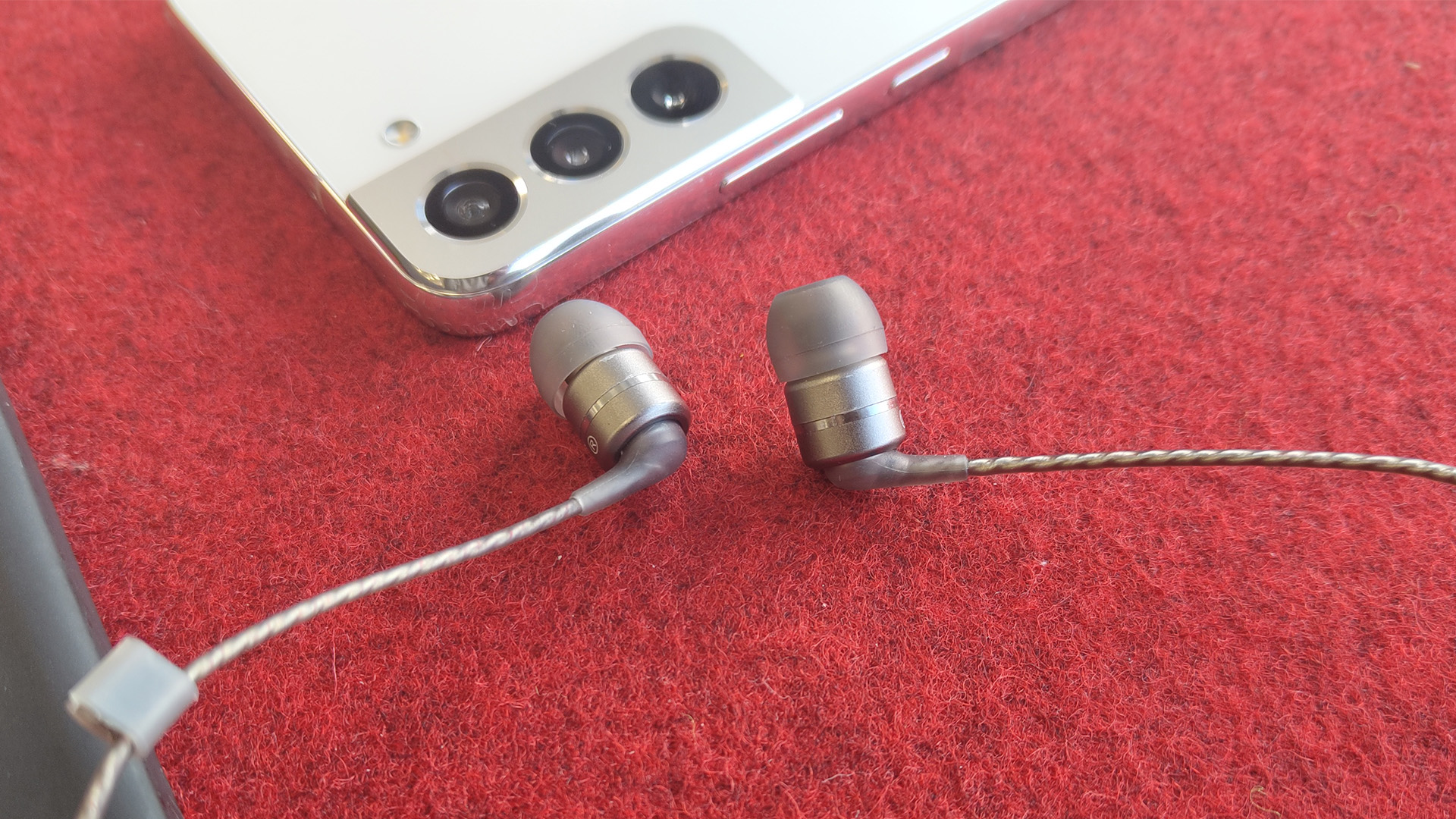
There are plenty of reasons you may prefer wired earbuds. Over-ears tend to offer a bigger, beefier sound, but in-ears grant you a more discrete look, less weight in your ears and greater portability. Plus, if you're a workout warrior or a sporting semi-pro, earbuds are the logical choice for fuelling your athletic goals.
Once you know you favour wired earbuds, you'll have to navigate a complex market to see which are best for you. There are quite a few factors to consider, from fit to performance and, of course, how much they cost.
Pooling our extensive collective experience of testing headphones, we’ve created this guide to help you avoid the duds and discover the dreamboats, detailing the top-performing wired earbuds around.
Our team has tested every set to ensure they’re worth your time, so you can read more about our testing process or scroll down to find your perfect pair. We've listed wired models here, so if you want to go wireless, check out our pick of the best cheap wireless earbuds and best wireless earbuds instead.
19th November: No new entries added, but we've kept our copy up to date with the latest news and information.
The quick list
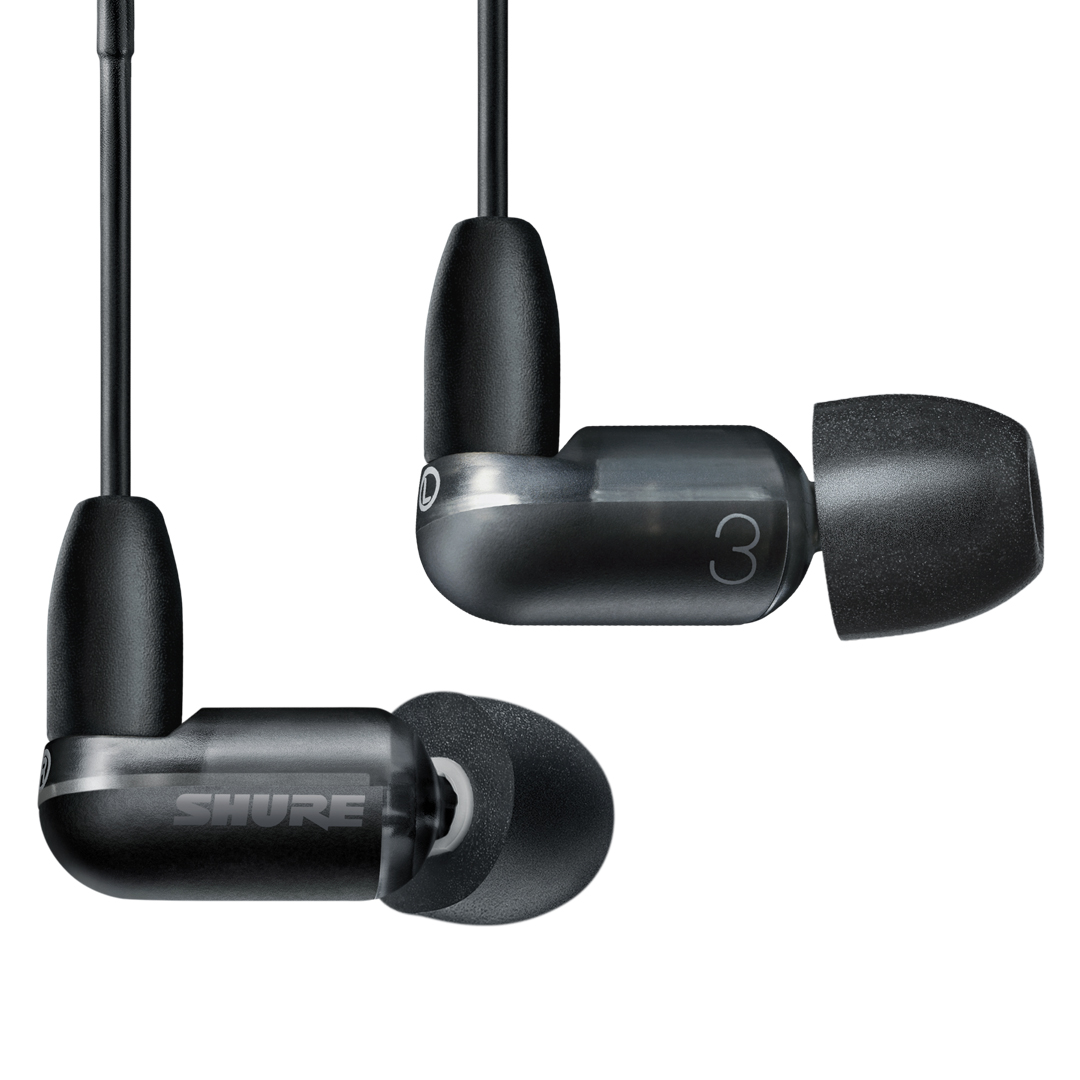
Breathtakingly musical and comfy to wear, Shure’s Aonic 3 set a new benchmark for wired earbuds.
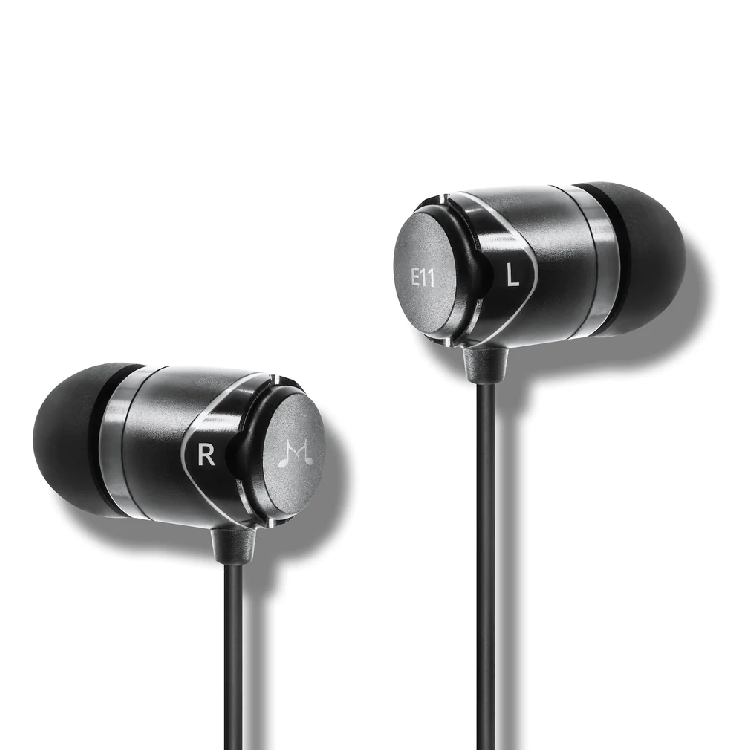
With an entertaining, upfront sound, plus a remote control and mic, these wired buds are an absolute bargain.
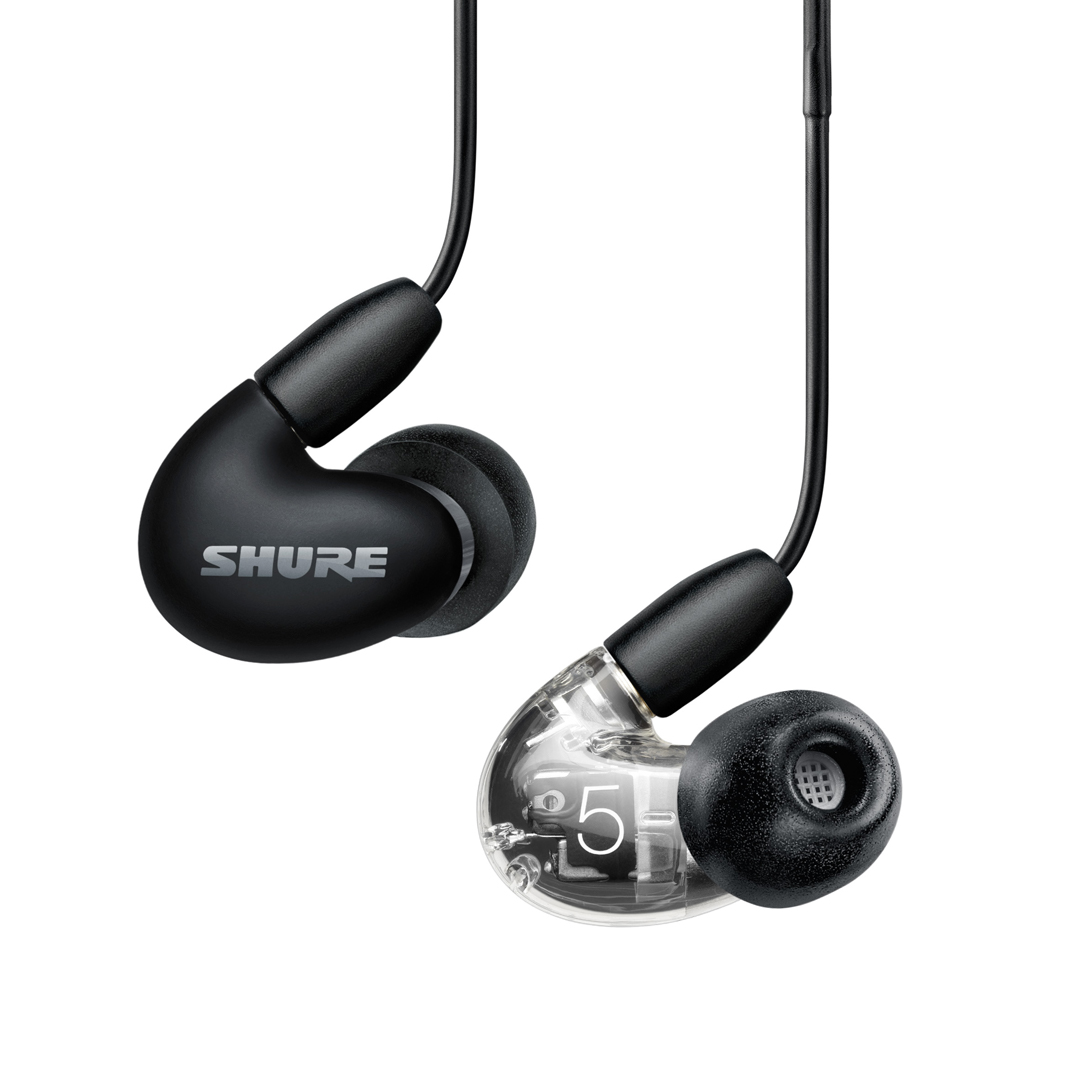
Shure’s mid-price wired earbuds are masters of musicality – just make sure you pair them with a suitable source.
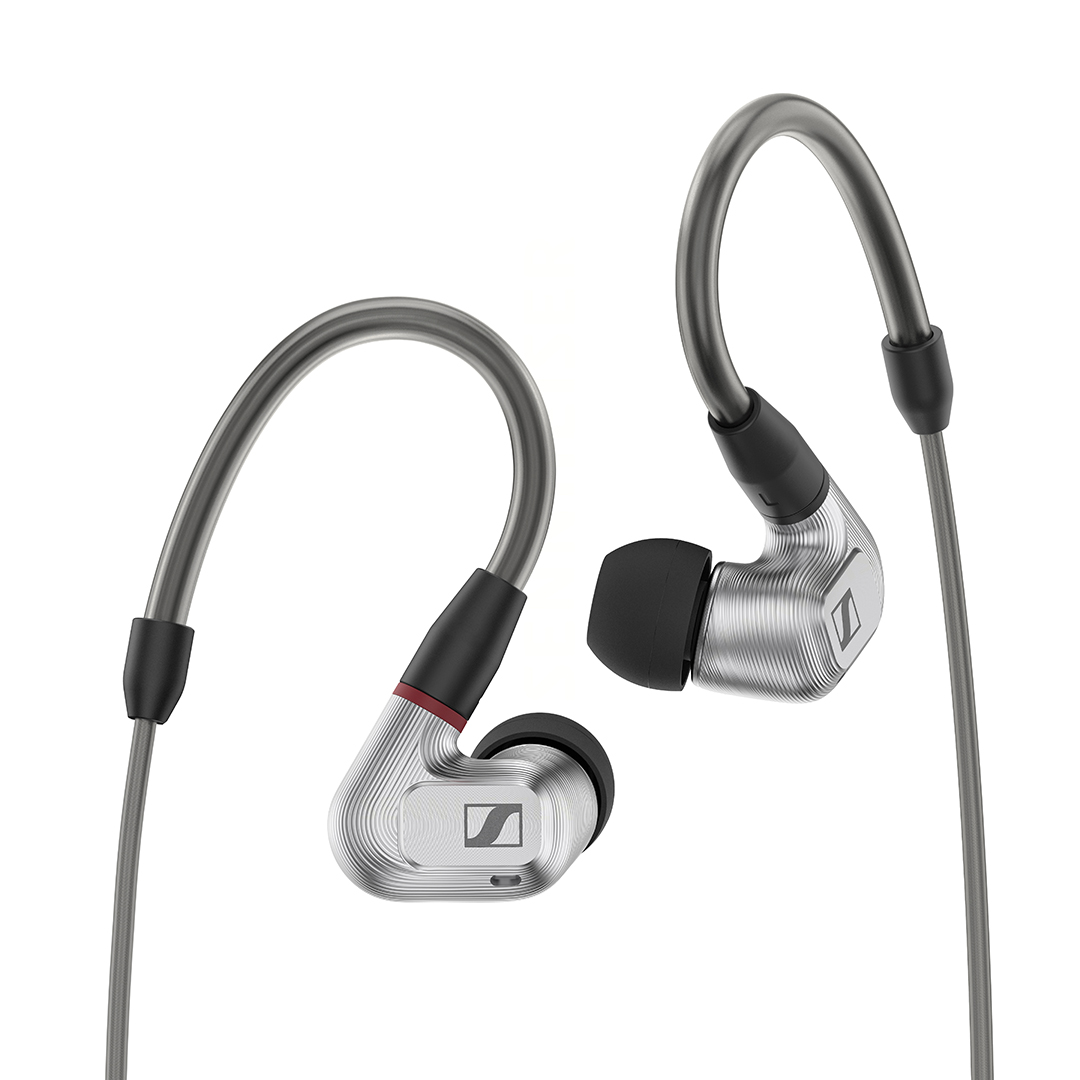
They’re a pricey proposition, but if you have a good enough source the IE 900 more than justify the outlay.
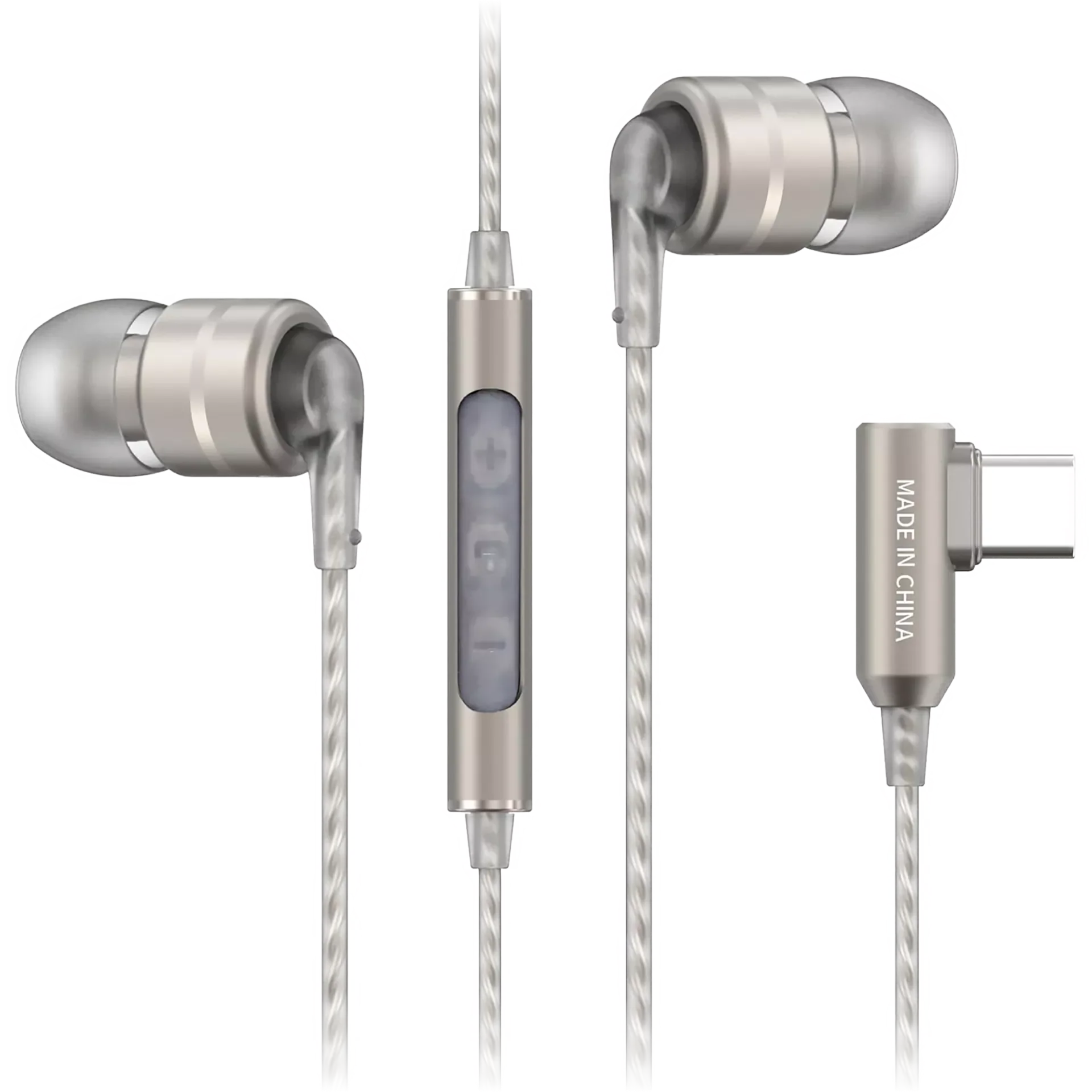
If you have a more up-to-date smartphone or portable player, the convenience of the E80D – not to mention their great sound – makes them a great pick.

I am the Deputy Editor of What Hi-Fi? and a consumer electronics journalist with nearly 20 years of experience writing news, reviews and features. I've tested well over 100 pairs of headphones as part of the audio reviews team, including wired and wireless models across a range of budgets. The comfort and secure fit of in-ear models are paramount when it comes to long-lasting use, but most of all, the sound quality must befit the price tag – I'm confident the picks below will have you tapping along to your favourite tunes at whichever budget and type you're looking for.
Best wired earbuds overall
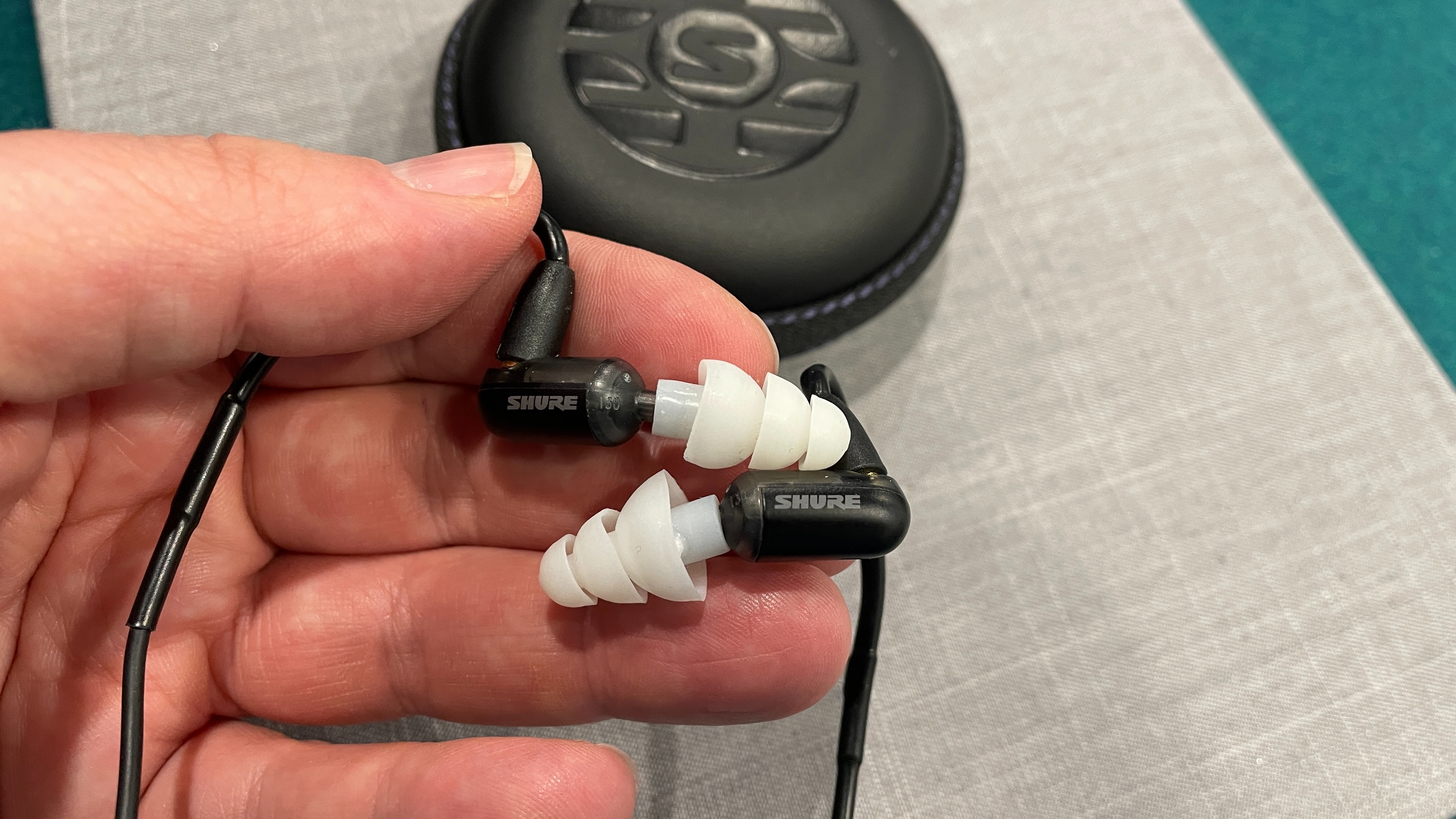
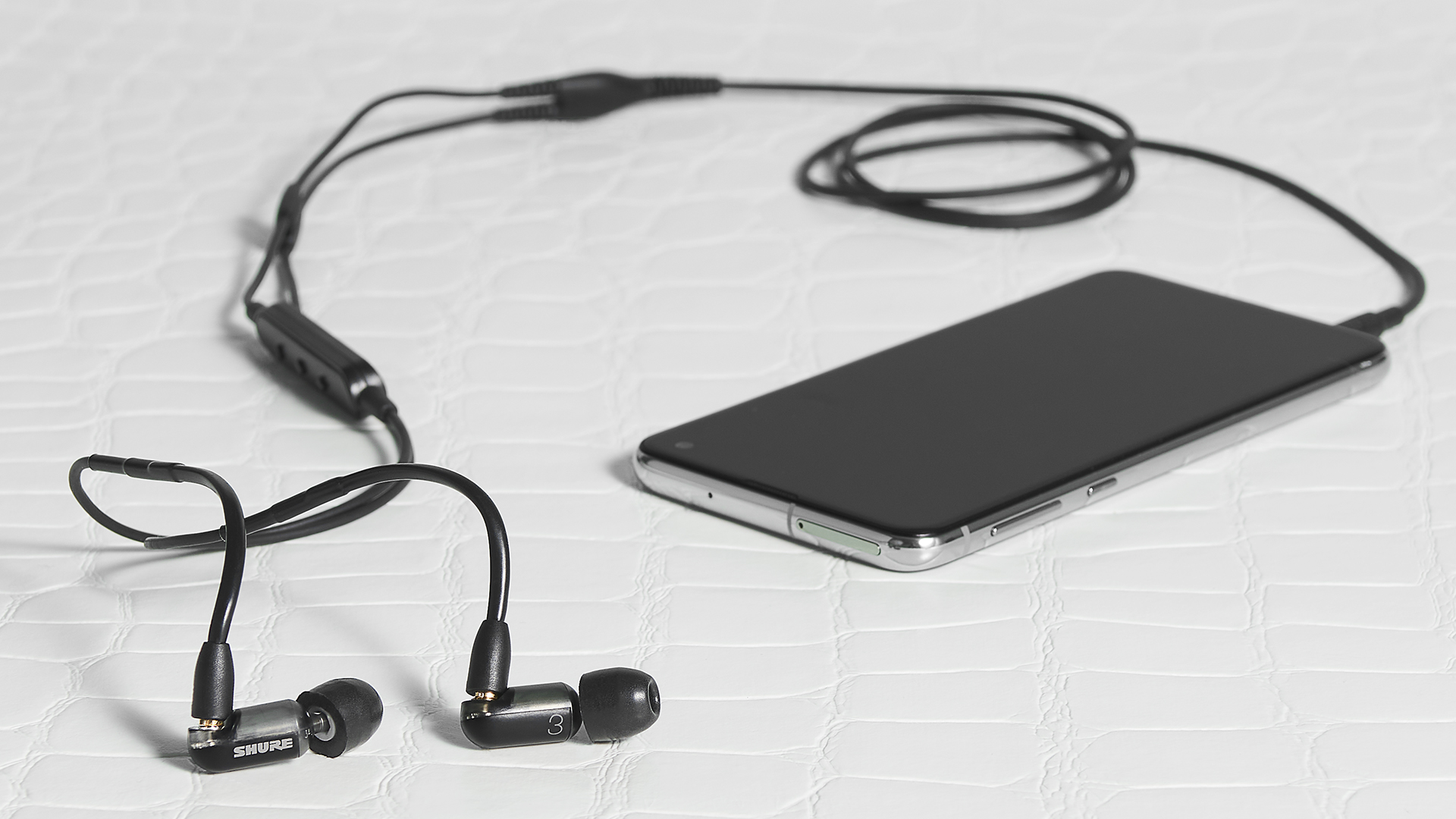
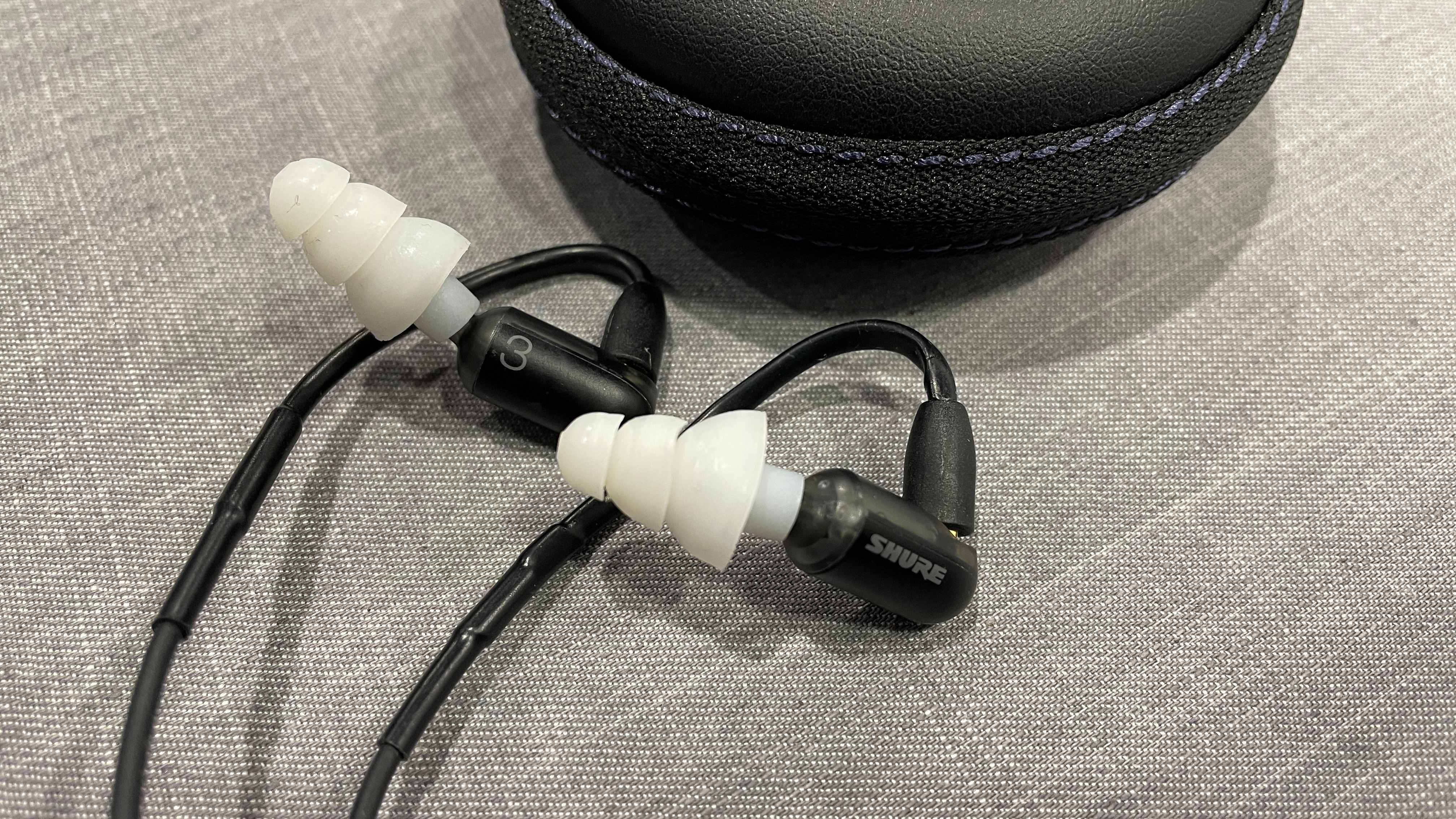
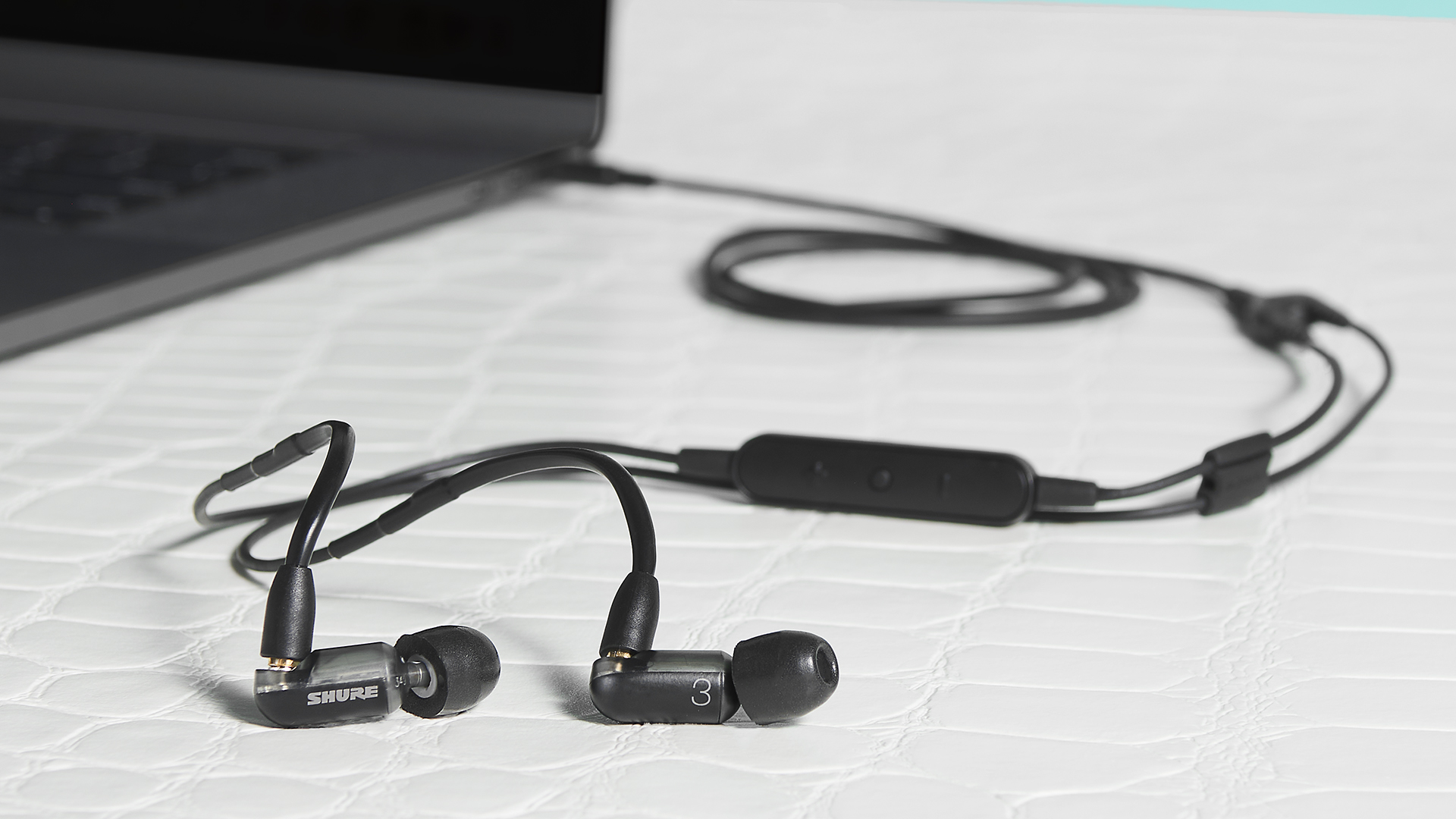
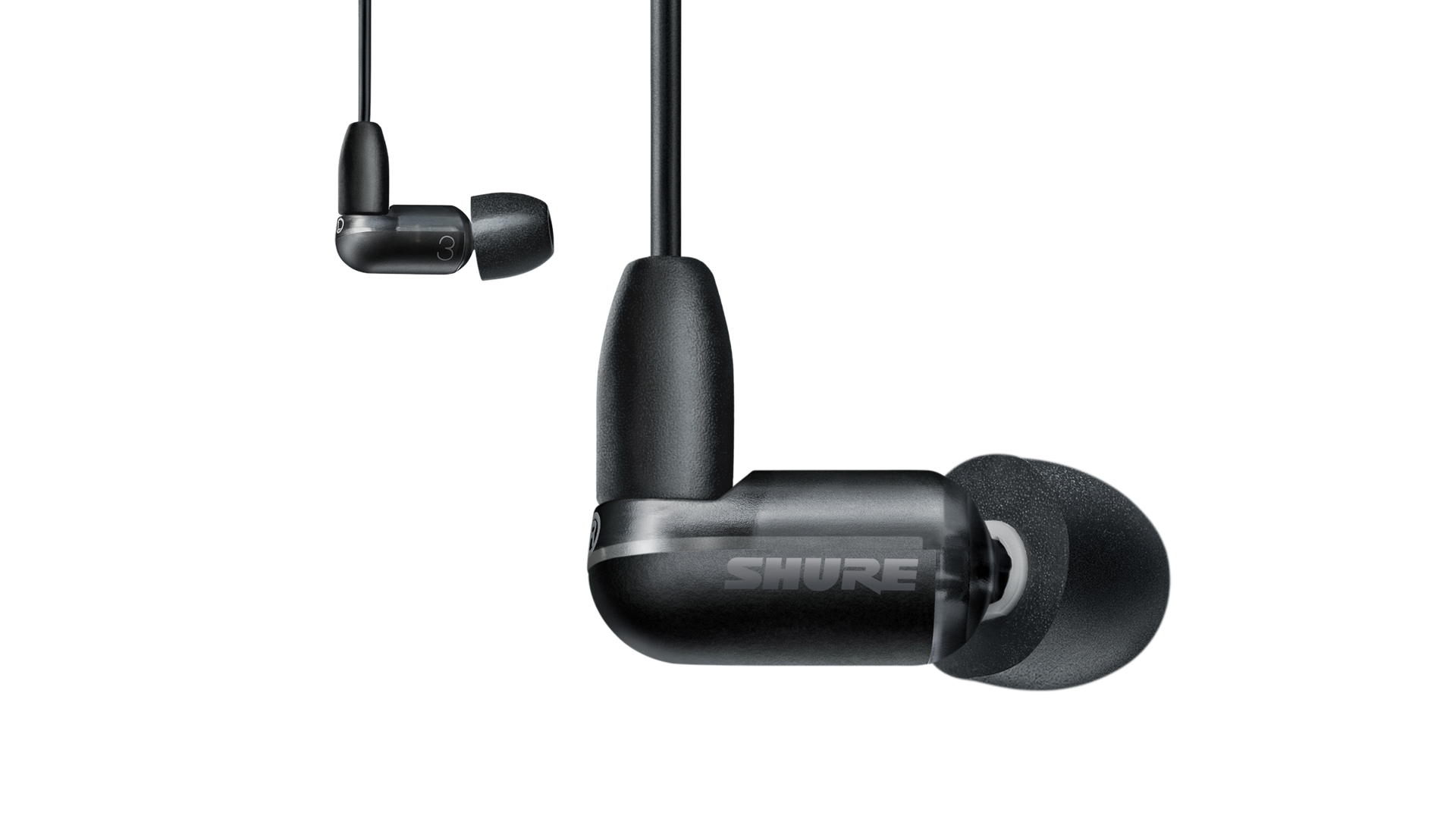
Specifications
Reasons to buy
Reasons to avoid
Anyone who prioritises sound quality above all else but still favours the small form factor of in-ears should seriously consider what the Shure Aonic 3 are offering.
They're simple but expertly made IEMs that, as far as we can tell, have few serious rivals at this level thanks to their devotion to superb musical reproduction. Little wonder they've been winning What Hi-Fi? Awards since 2020.
Design-wise, the Aonic 3 look like your classic IEMs, with a wired connection feeding a pair of nozzles alongside some handy in-line controls. Getting a good fit is made simple by a choice of nine different eartips to get superior isolation and comfort, while a built-in mic lets you answer calls without digging out your phone all the time.
The true reason to recommend the Aonic 3, of course, is for their peerless audio at this price. The current Award-winners are pros at handling dynamics as well as detail, with a sense of rhythm and timing that gives energy and life to the music they convey.
If you want a pair of wired earbuds that offer a step up in sound quality from the more budget SoundMagics below, then these Shures are very hard not to recommend.
Read our full Shure Aonic 3 review
Best cheap wired earbuds
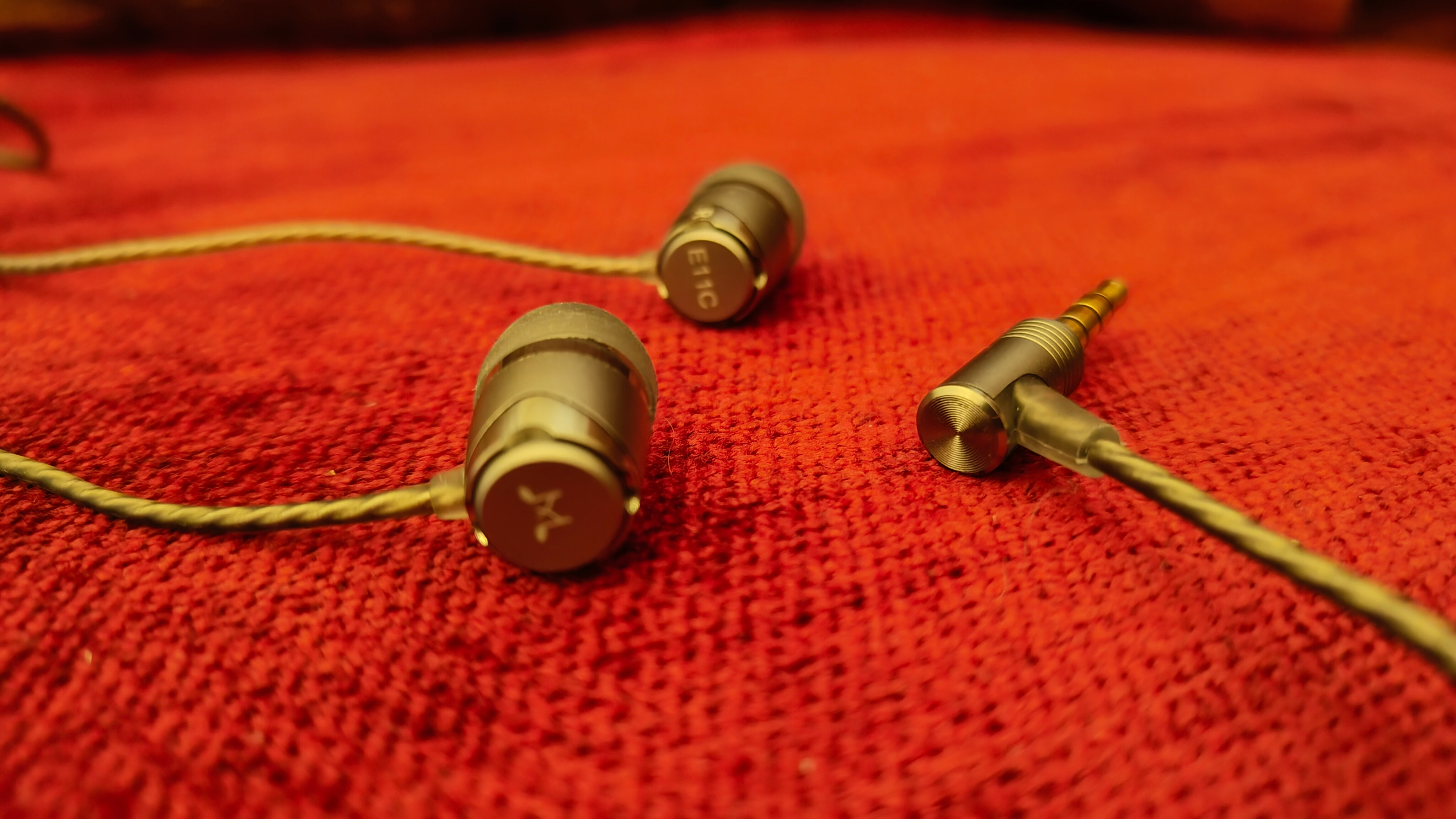
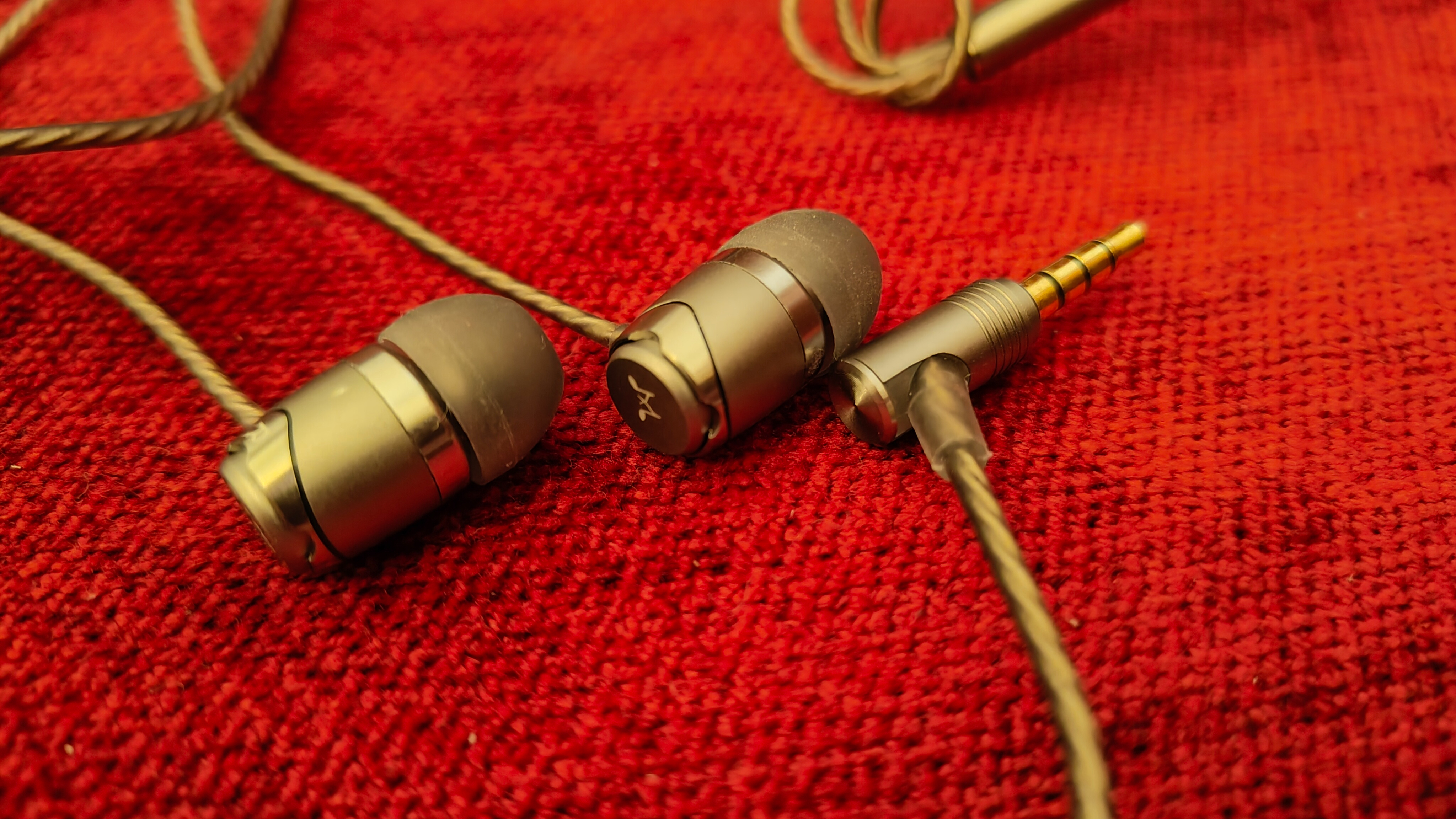
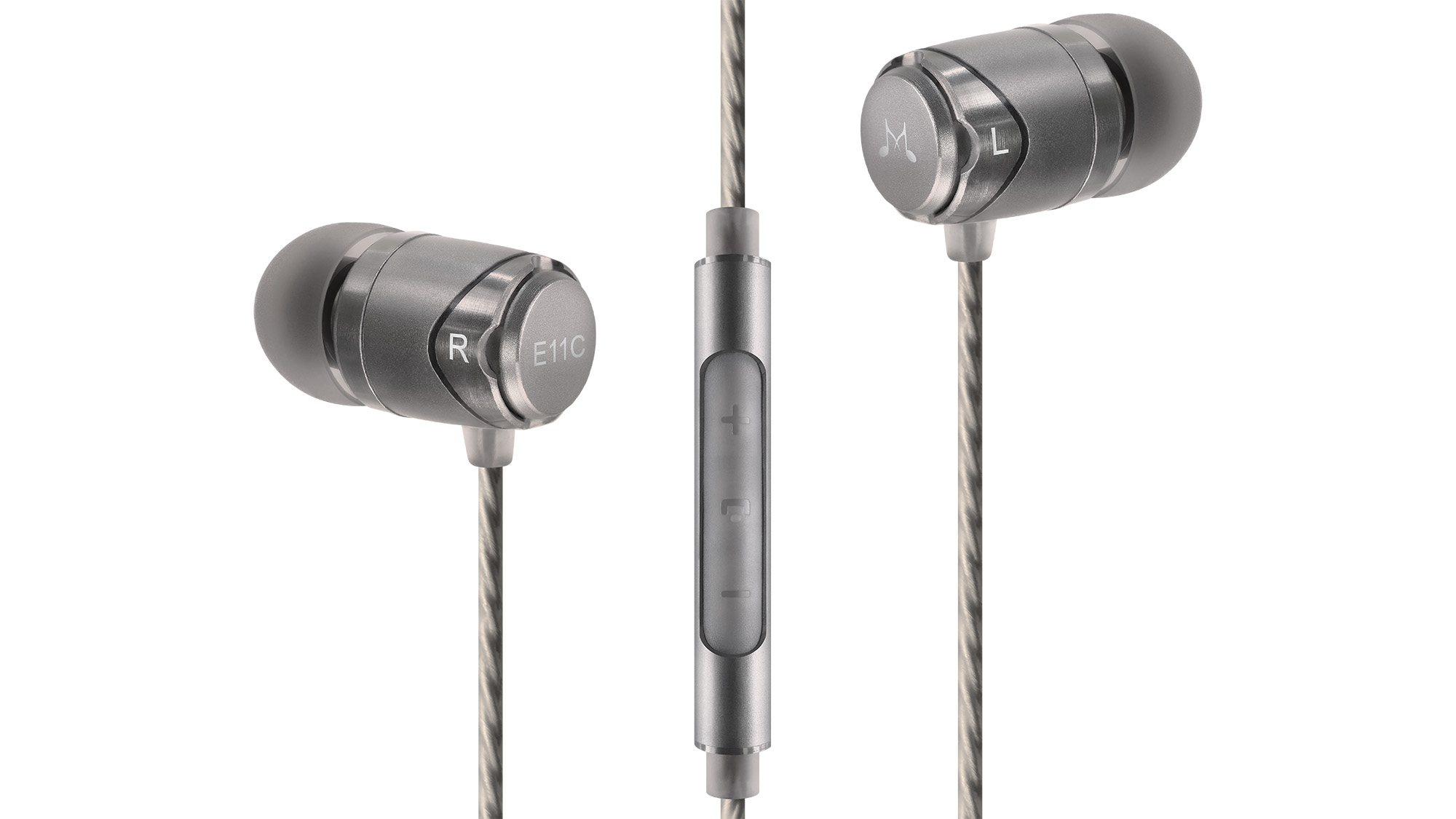
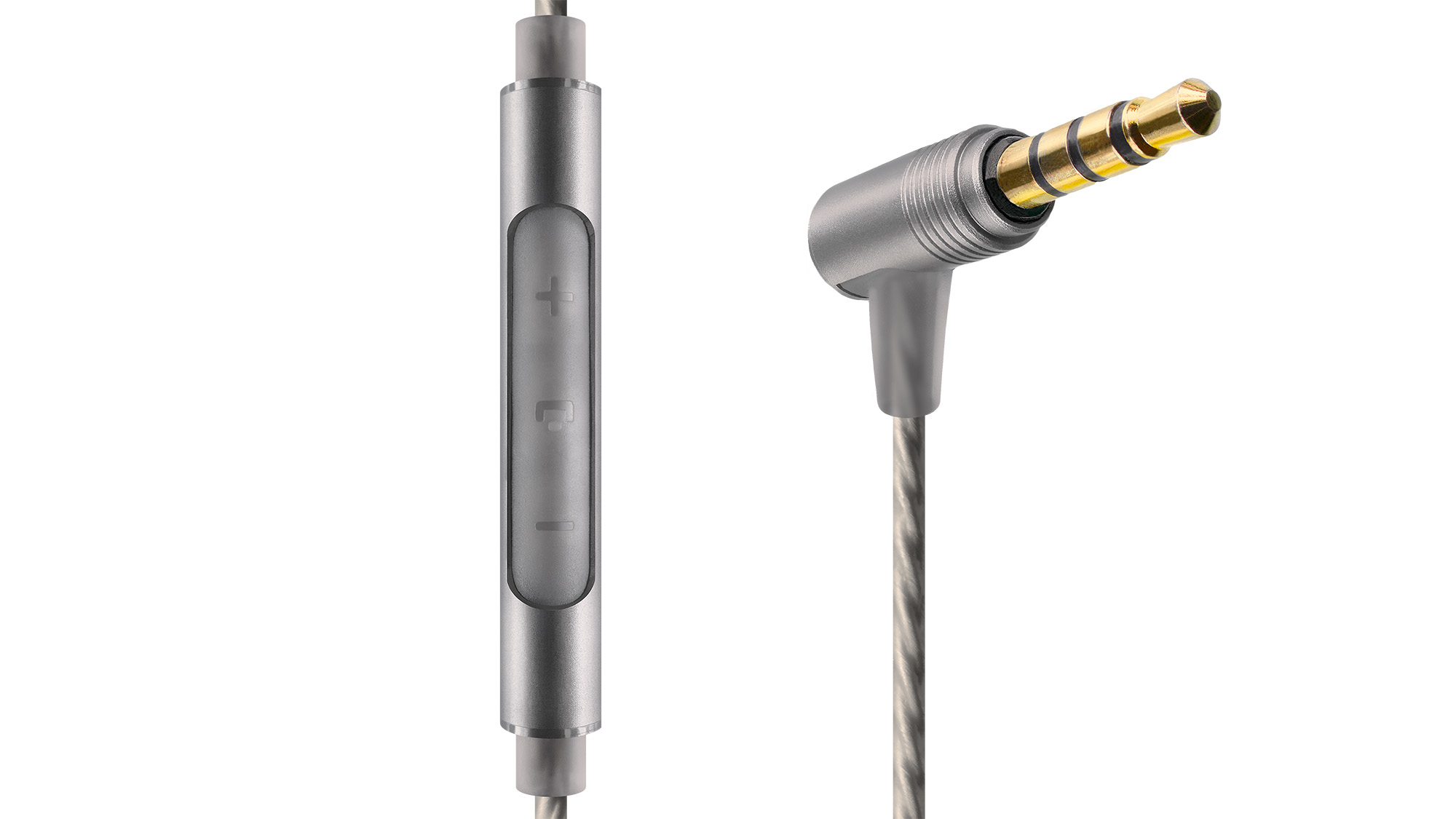
Specifications
Reasons to buy
Reasons to avoid
Despite only having been founded in 2005, SoundMagic rose from obscurity to become multiple-Award winners. Most notable for its budget wired earbud range, the SoundMagic E11C provides a perfect showcase for why the brand has already enjoyed so much success.
Cheap they may be, shoddy they certainly ain't. The E11C offer a snug fit and an almost unbelievably well-balanced, energetic tone from their 10mm dynamic drivers, with decent depth to a lower end which is always complemented by a clear and crisp midrange.
It's also worth noting that their high sensitivity (112dB) means that the E11Cs can deliver plenty of volume which makes them a great fit for smartphones and portable audio players, provided you have a 3.5mm socket, that is.
Functionality is kept simple with a remote and mic on the cable for the left earphone, but we're not expecting complex arrangements at this level. It’s a standard three-button job, so it should work with Apple and Android smartphones, giving you volume and stop/start functionality.
Anyone not willing to stretch to the Shure Aonic 3 above can consider the E11C as an excellent, more affordable alternative. If you want a direct USB-C connection and love that SoundMagic sound, the new E80D are a great choice below.
Read our full SoundMagic E11C review

It's incredibly important that you find the right fit when listening to your wired earbuds of choice. So often, listeners can be dissatisfied with the sound they're receiving, only to discover that the tips that they're using are the wrong size and/or that they haven't achieved an adequate seal.
If you want an in-depth explanation on getting the ideal fit, I'd recommend heading over to our 'How to find the right eartip size for you' guide, where we explain why tips matter and how to achieve a proper seal. Long story short, if you don't, you could end up with a sound that's too thin or too bass-heavy, all while running the risk of having an earbud fall out and interrupt your listening.
Best mid-price wired earbuds
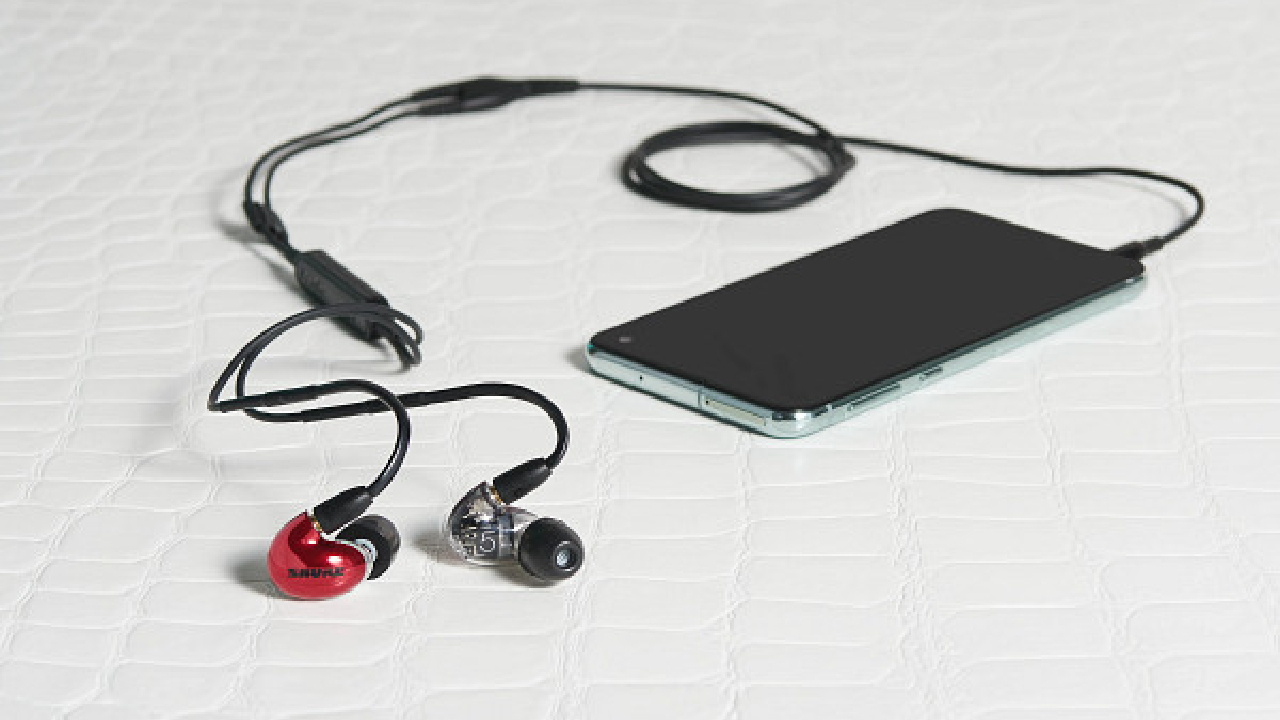

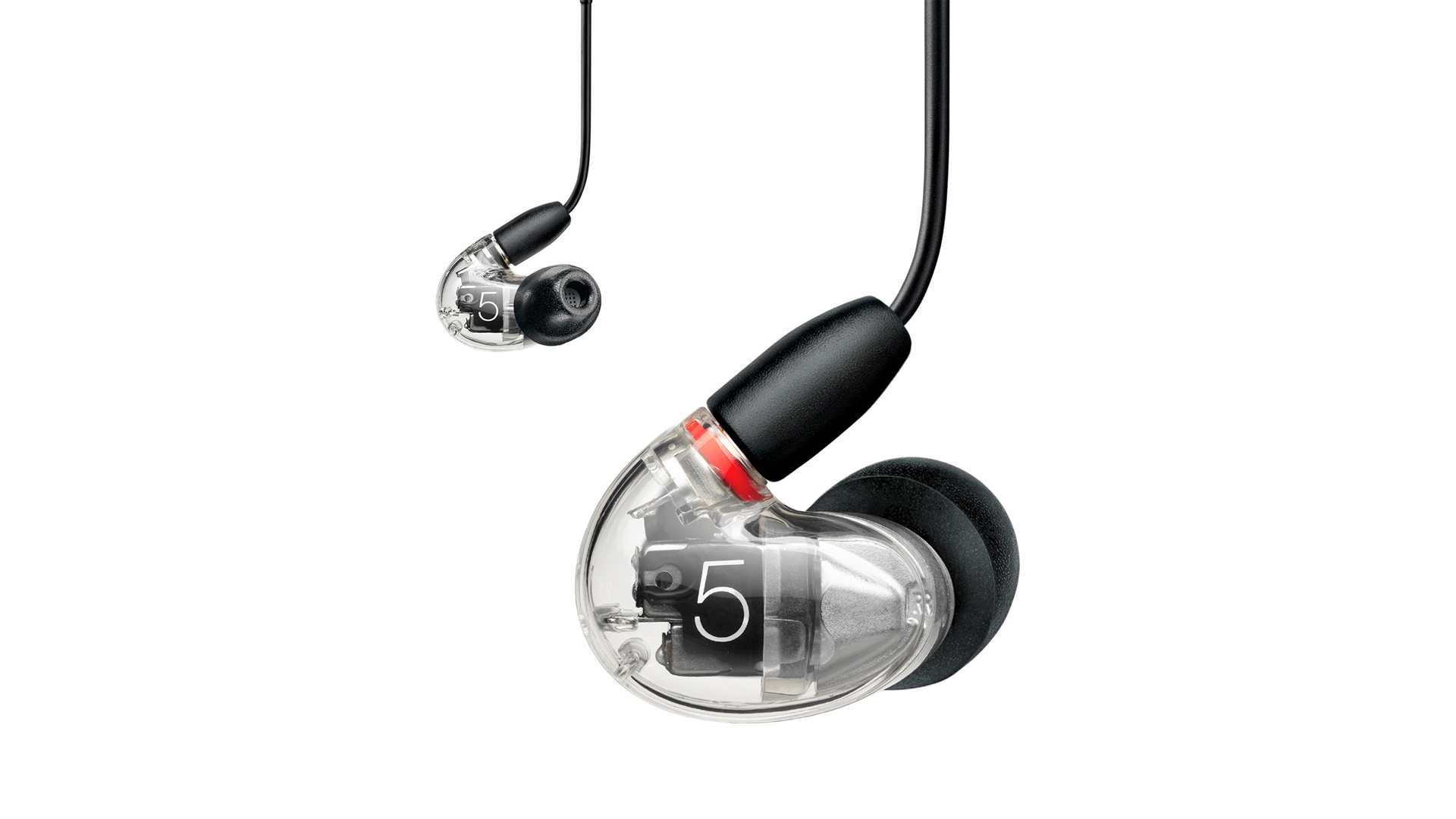
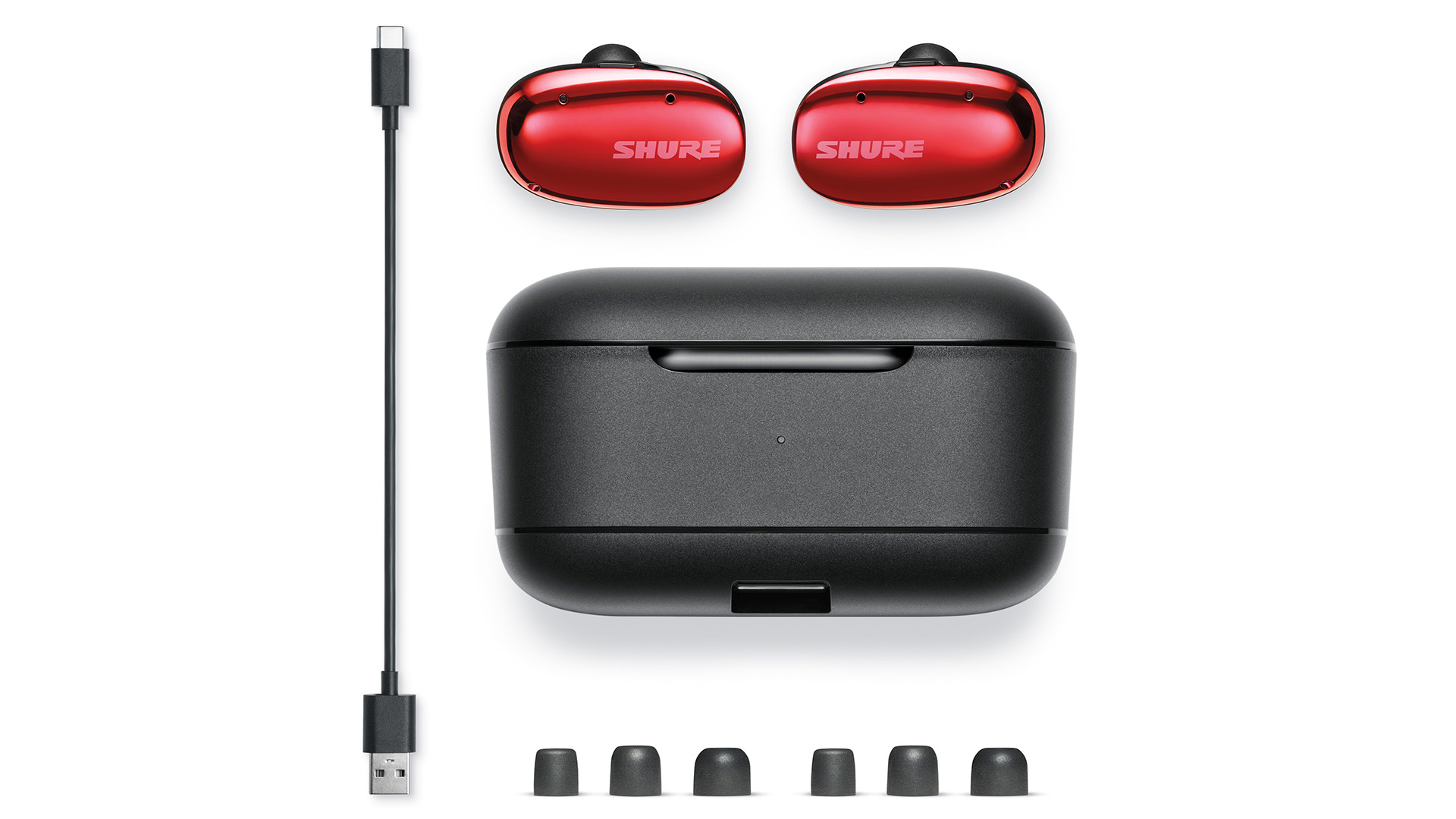
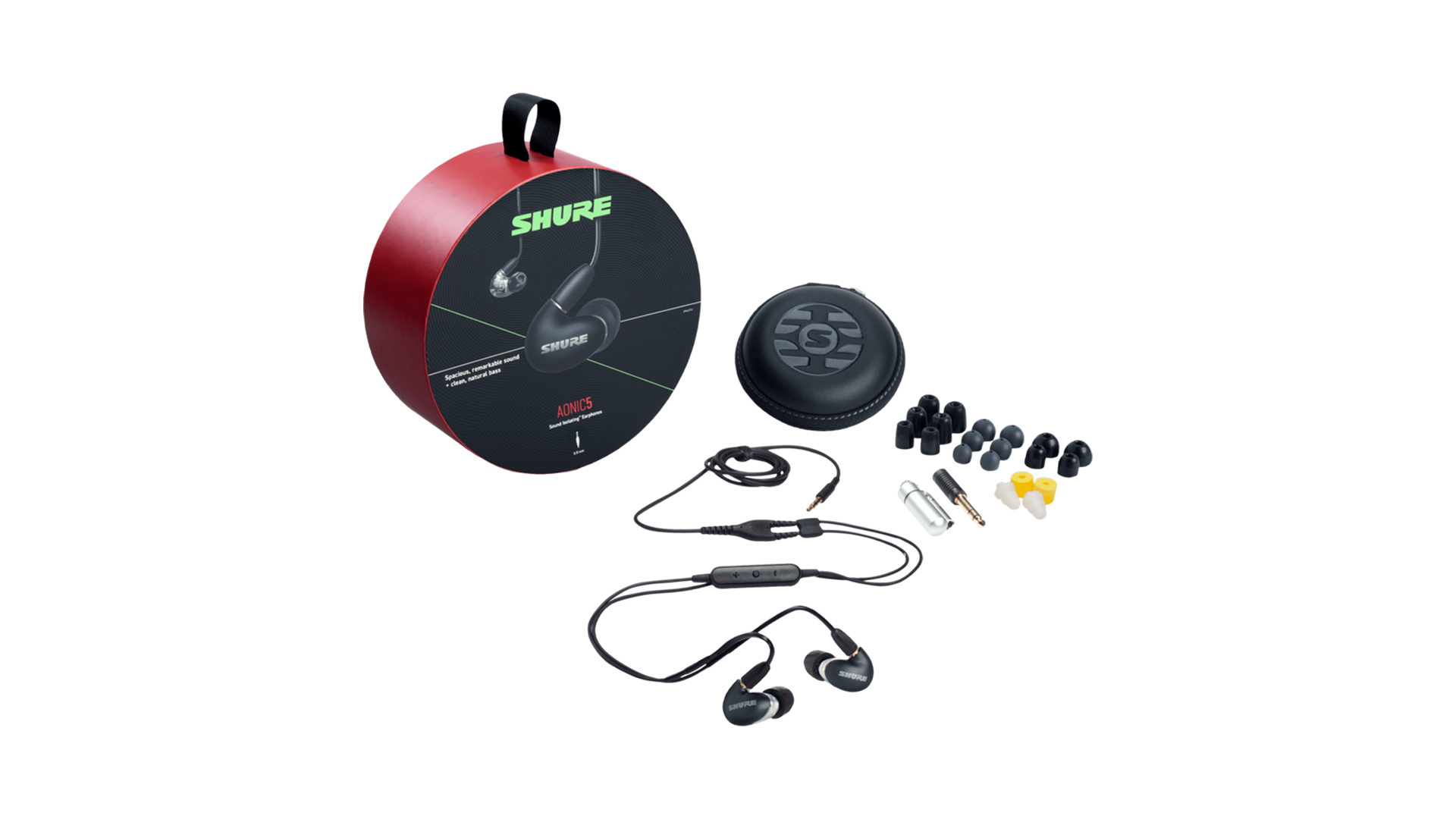
Specifications
Reasons to buy
Reasons to avoid
Shure's Aonic 5 certainly know how to catch the eye thanks to the transparent section on each earpiece that allows you to see their inner workings, but it's how they sound that earns them their place on this list.
Some of Shure's most premium wired monitors, these are buds to go for if you truly care about sound quality and you're willing to pay handsomely to get it.
The Aonic 5 employ three high-definition balanced drivers in a dual woofer and single tweeter configuration - provided you've got the right source and material, the result is quite sensational.
There's an embarrassment of detail and a wonderful sense of clarity within their presentation, with vocals sounding particularly rich and natural. Bear in mind that they're incredibly sonically transparent, so any ropey recordings will be exposed as the Aonic 5 take no prisoners with their clear, "tell-it-as-it-is" style.
As usual, Shure provides plenty of tips to help you find the right fit for the bud, but you also get two extra nozzles that you can use to change the balance of the sound.
The ones labelled 'Bright' put too much emphasis on the top-end for our liking, but the 'Warm' pair offer a subtle increase in weight and substance. We'd still recommend sticking with the default ones, though, as this is where you'll get the most balance.
If you've got a decent DAC/headphone amp to drive them, the Shure Aonic 5 will show you exactly what they're capable of. If you don't, the Aonic 3 might be worth a look.
Read our full Shure Aonic 5 review
Best high-end wired earbuds
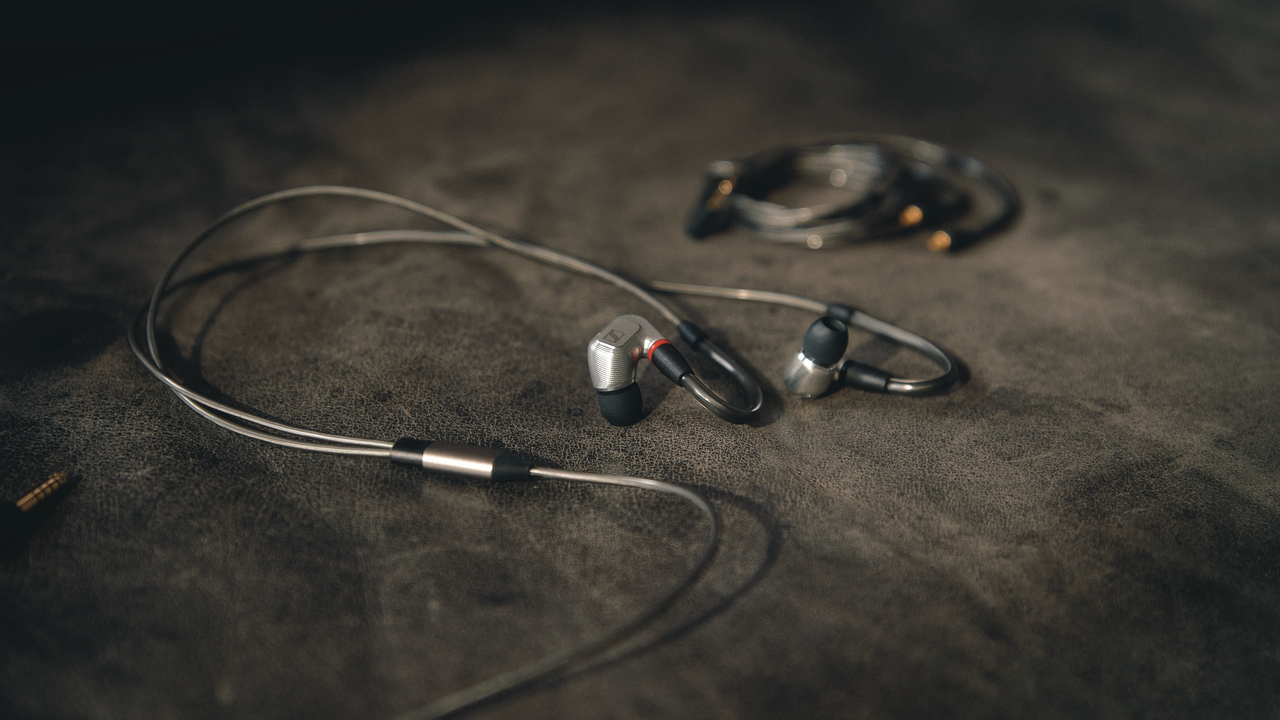
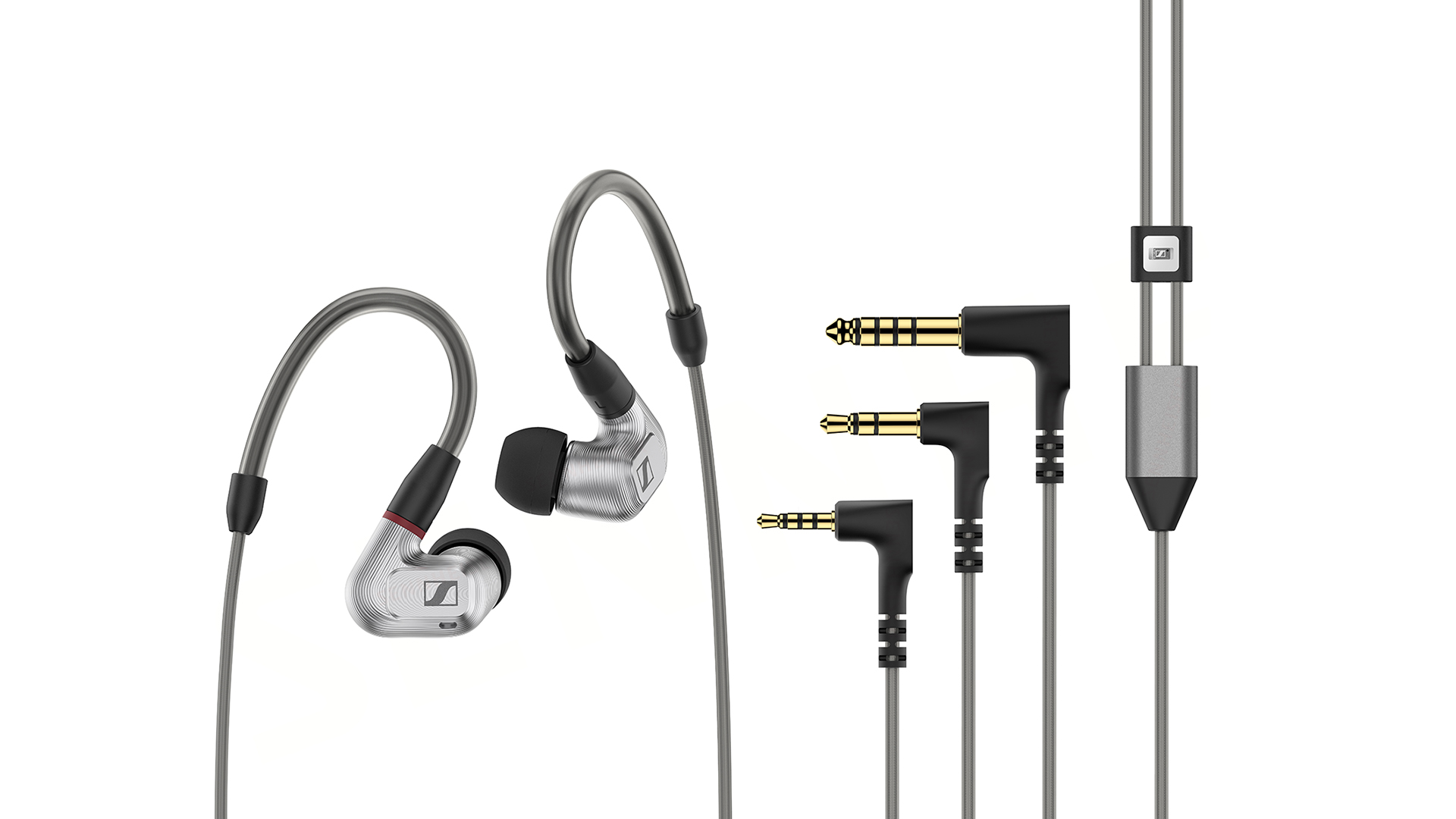
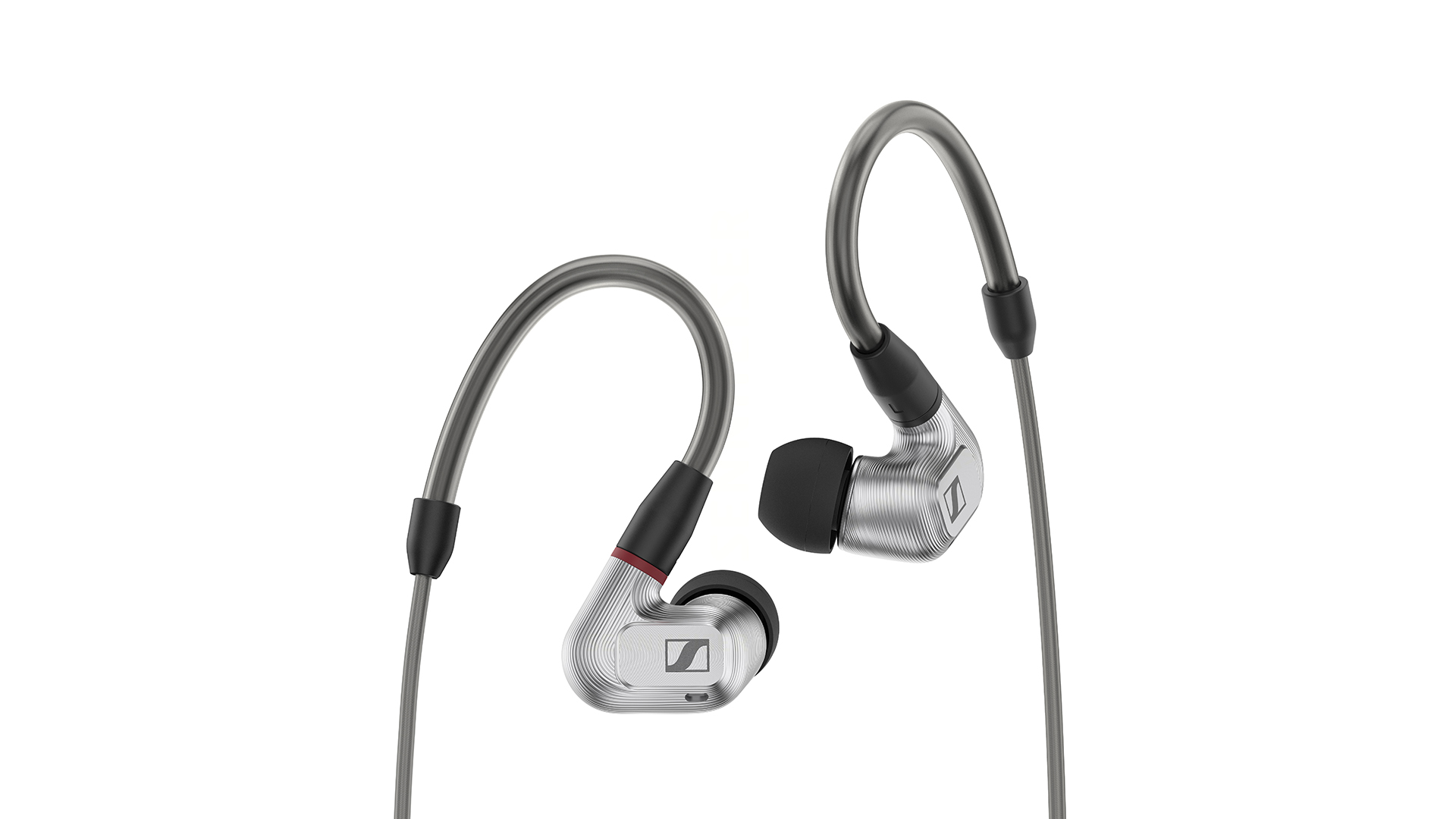
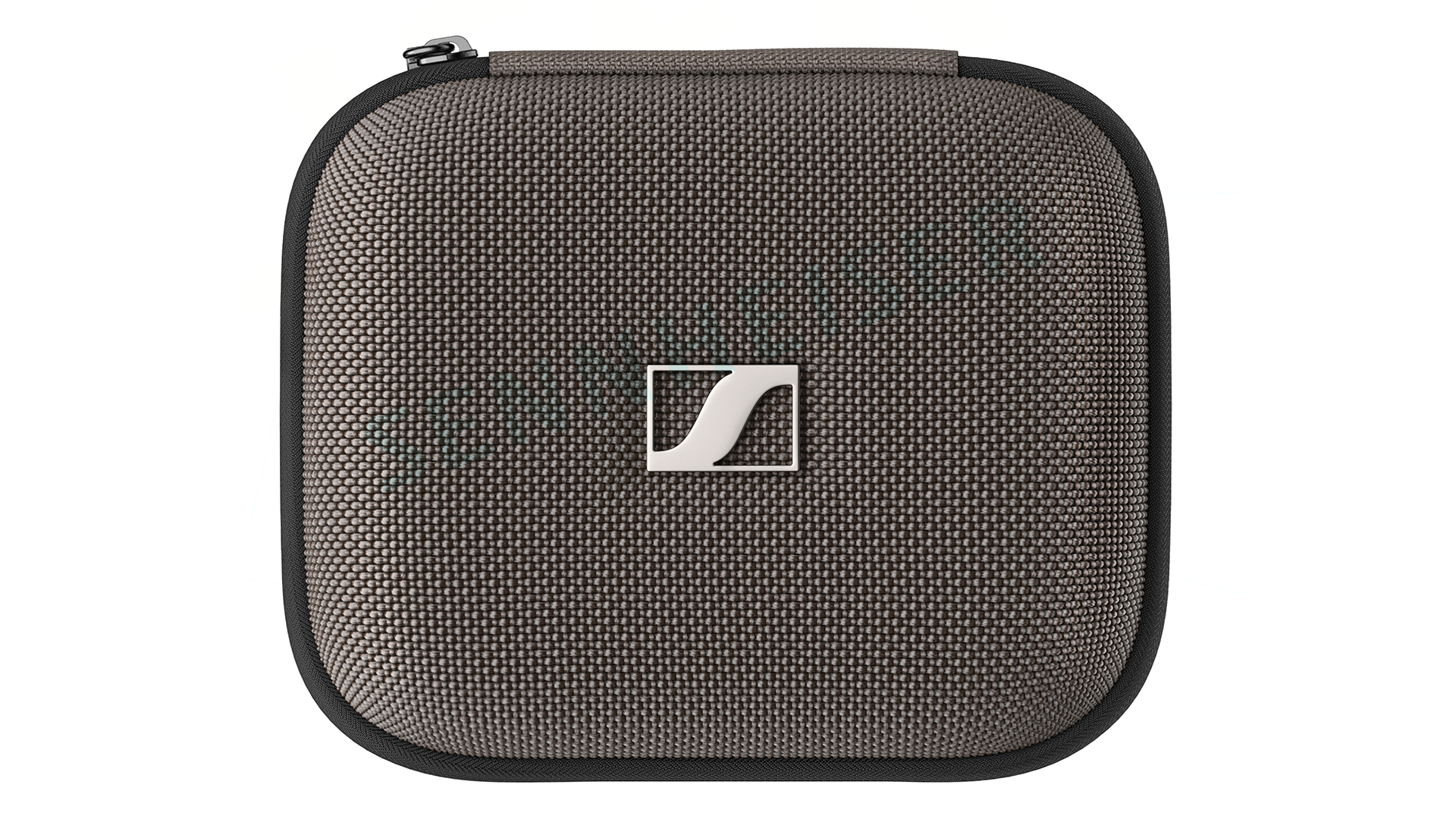
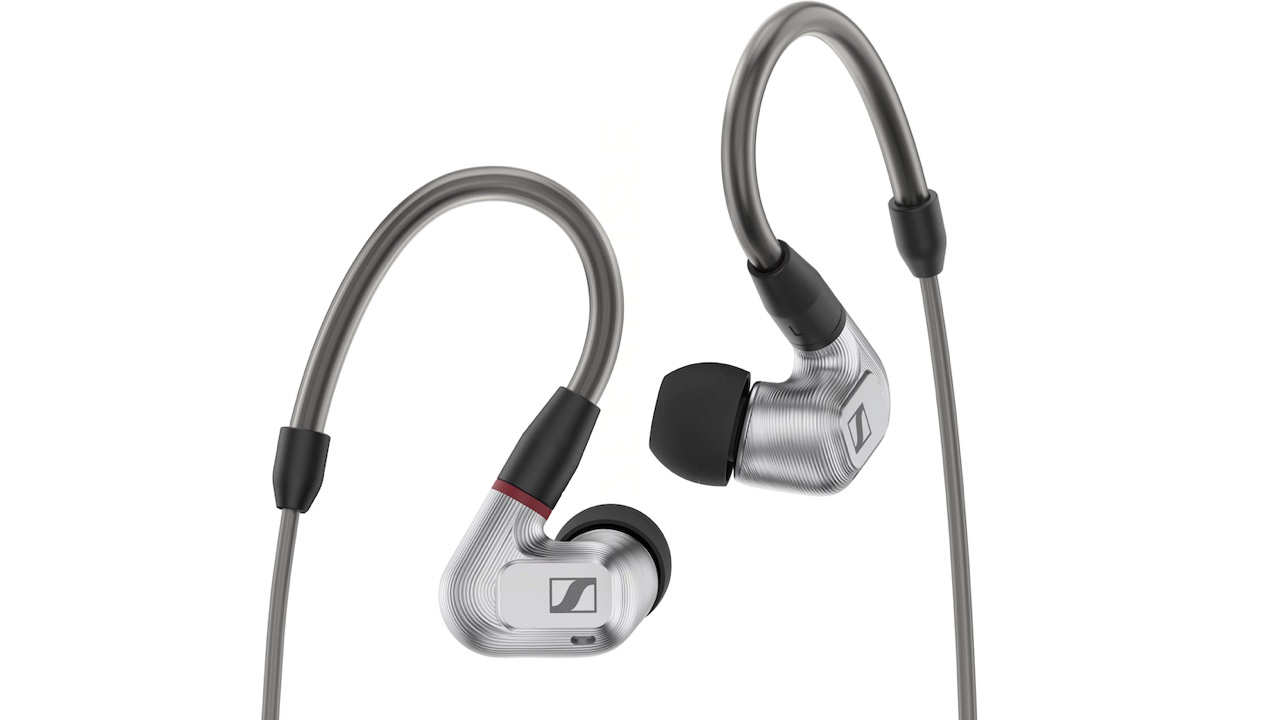
Specifications
Reasons to buy
Reasons to avoid
Rest assured, Shure aren't the only ones who can pull out a pair of great wired earbuds Sennheiser’s excellent IE 900 earbuds will appeal to purists who want to get the best audio possible from a high-quality source, and they certainly come packaged like premium headphones thanks to six ear tip options and three cables with a choice of normal 3.5mm and balanced 2.5mm / 4.4mm connectors.
The only thing they don't have is an in-line remote, but that's just about forgivable given how these bad boys sound. They're not at all cheap (retailing currently at around £1,000), which makes them a step up even on the remarkable Shure Aonic 5 above.
So what are you paying for? Well, with rigidity and minimal vibrations in mind, Sennheiser's engineers have chosen to go with a single driver rather than the more fashionable multiple-unit approach that many rivals take, and the results are exceptional.
The IE 900 are impressively clear and open-sounding, able to dig deep into the production of a recording with skill and enthusiasm.
They also come over as confident and insightful, uncovering layers of low-level information and organising every track they are faced with into a structured and cohesive whole.
Partner these wired earbuds with good-quality files and a high-quality outboard DAC (see the Chord Mojo 2) and you'll hear just why the IE 900 justify their hefty price tag. A sensational pair for serious audiophiles.
Read our full Sennheiser IE 900 review
Best USB-C wired earbuds
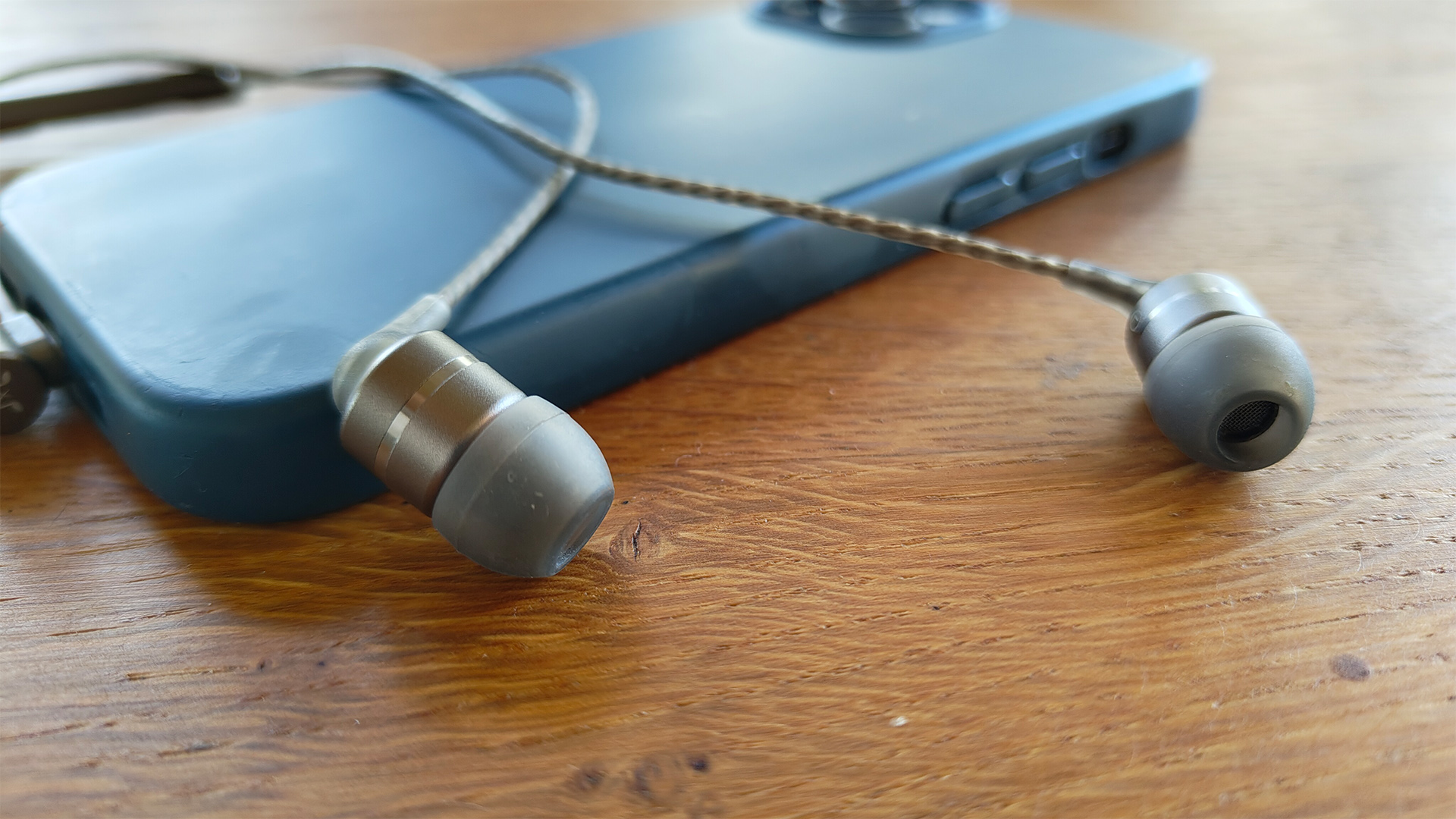
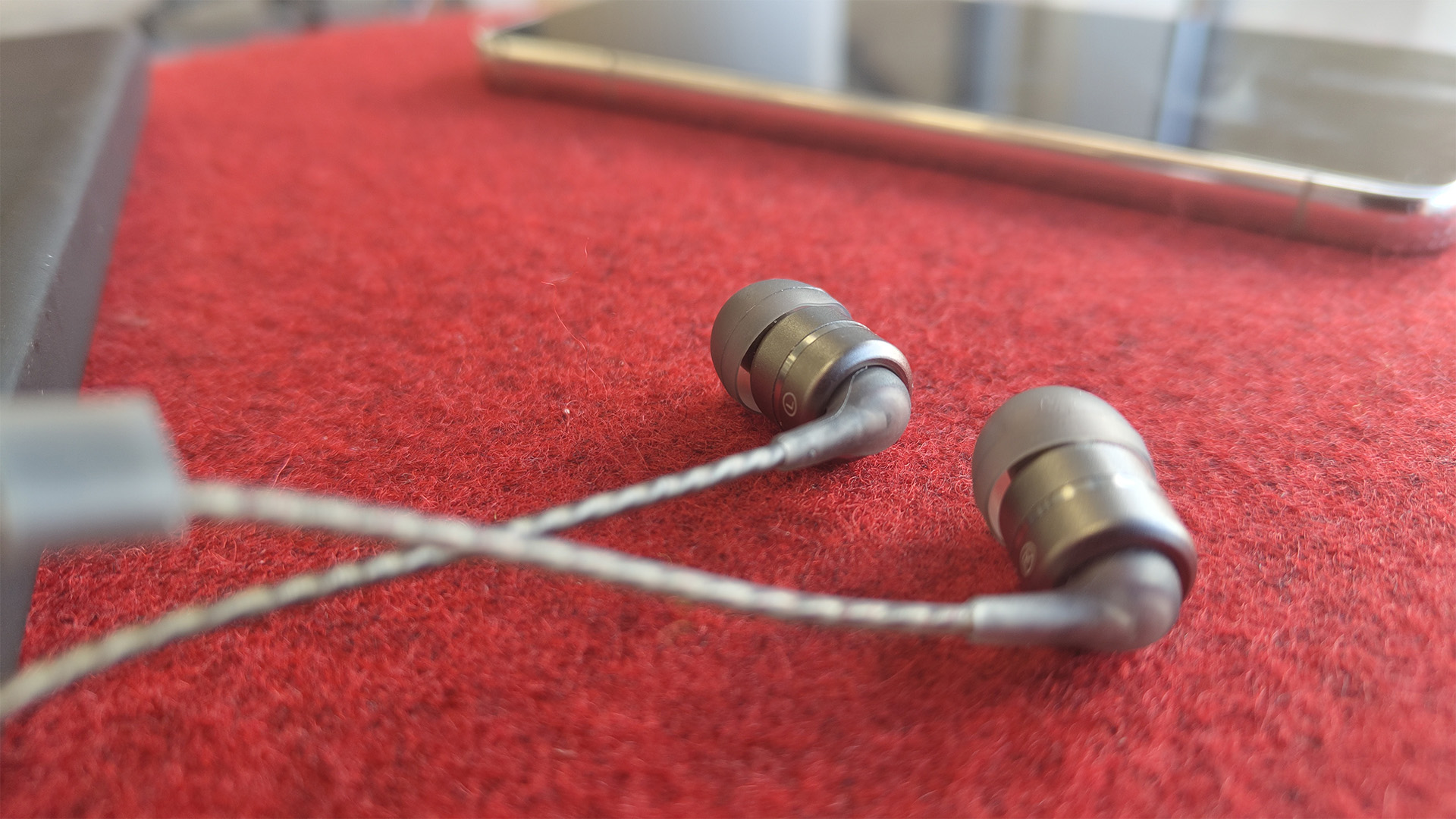

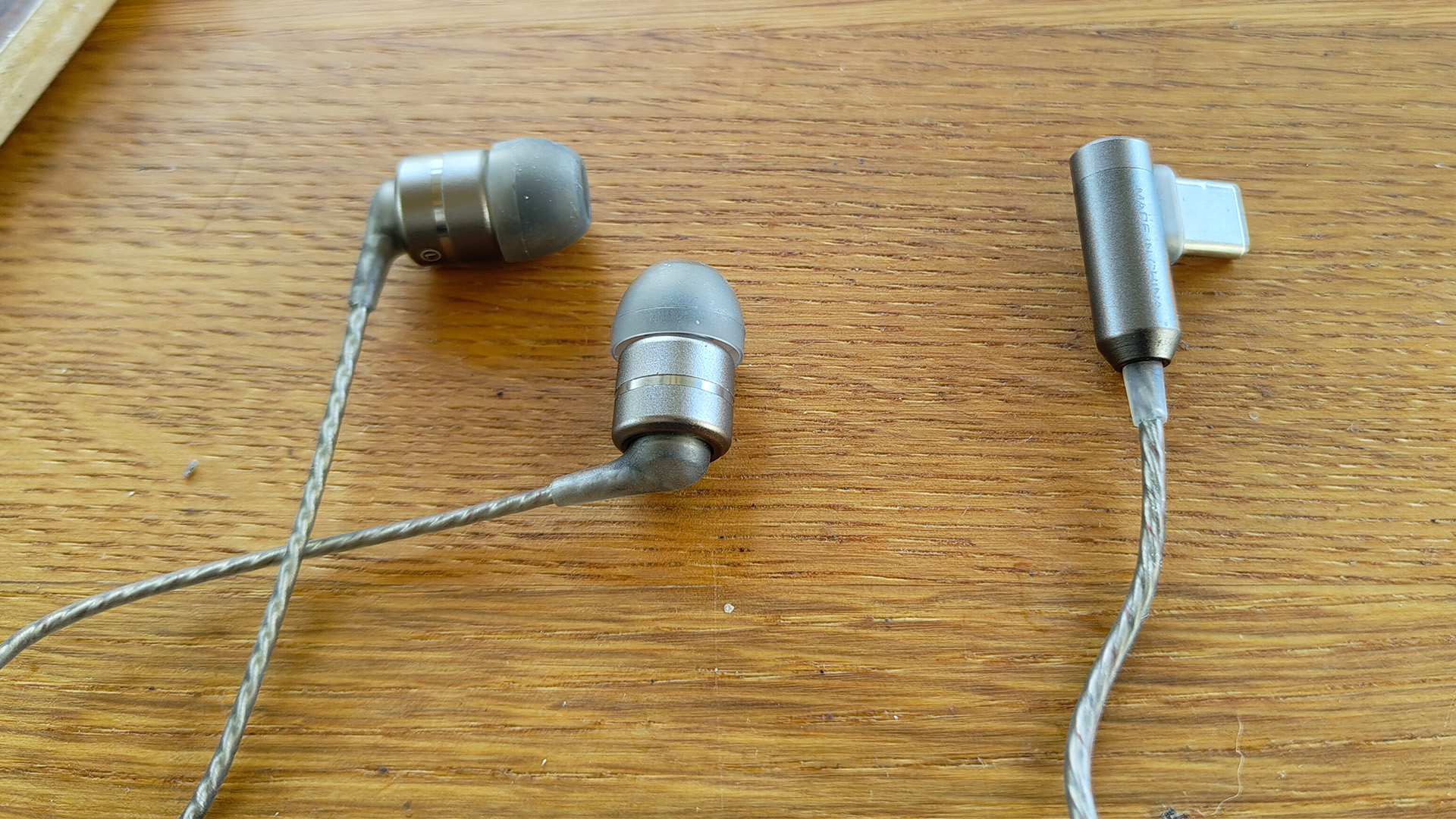
Specifications
Reasons to buy
Reasons to avoid
The big selling point of the SoundMagicE80D is the wired earbuds' USB-C connector. That's not totally unique in a pair of wired buds, true, but there still aren't that many options that have dropped 3.5mm in favour of the more up-to-date USB-C option.
For users of most modern smartphones, tablets and portable players, that USB-C direct connector does make a lot of sense. It's the future, after all!
The E80D are more than just a simple connection, however. The budget wired earbuds come equipped with three pairs of bowl-shaped silicone eartips in small, medium and large sizes, as well as a set of medium-sized double-flange silicone buds for a more secure fit. They're robust and nicely made headphones overall, evidencing similar levels of quality as found on their also-excellent E11C cousins.
They sound similarly excellent, too. Equipped with a set of dynamic 10mm neodymium drivers and capable of handling hi-res audio files up to 24-bit/96kHz, they're five-star performers at what is still a very reasonable outlay.
As we stated in our review, "the amount of information the SoundMagic in-ears are capable of retrieving is striking given their modest price (and) vital timbres are uncovered keenly and clearly". Detailed, clear and impressively versatile, they're deeply impressive when their meagre price is factored into the equation.
They're rhythmically adept and pleasingly well-organised, and while costlier alternatives will track dynamic shifts with more elan, we're being very fussy at this point.
An excellent pair of affordable wired earbuds. SoundMagic, you've done it again.
Read our full SoundMagic E80D review
Also consider
- Shure KSE1200: Got a wad of dosh burning a hole in your wallet? Shure's KSE1200 may be costly (really, really costly to some onlookers), but boy are they an outstanding pair of wired wonders. Blending astonishing detail and agility with some of the most striking clarity and insight we've heard for a long time, these are an audiophile's dream.
How to choose the best wired earbuds for you
Nail down your budget
First of all, you need to decide how much you are willing to spend. That will be somewhat determined by how you are going to use your new wired earbuds– there's no point forking out hundreds of pounds or dollars for something that will sit in a drawer for most of the year.
What's your source?
Are you going to plug them into a smartphone or will they be used with a premium portable music player packed with hi-res music? You can go the wired route for the ultimate performance-per-pound value, but there's always the wireless option should you want a bit more convenience from your earbuds.
Comfort is king
Compared with the best over-ear headphones, which can look and feel big and bulky, the best wired earbuds offer a more discreet listening experience, while the use of eartips tends to deliver decent levels of isolation from the outside world. So, you will also want to ensure the wired earbuds you go for (and the tips you get with them) are comfortable. And, if you want to block out more of the outside world, you might want to consider active noise-cancelling, which is an increasing feature on all but the very budget true wireless earbuds these days.
Buy with confidence
There's a pair of earbuds for everyone on this list, including budget wired headphones and premium models, plus noise-cancelling headphones and Bluetooth headphones, too. Rest assured, we have tested all the models mentioned above, which is why you can be confident they are all up to the job. Check the most recent pricing to bag a possible discount and also don't forget our page dedicated to the best headphone deals.
How we test wired earbuds
Facilities and methodology
We have state-of-the-art testing facilities in London and Reading where our team of experienced, in-house reviewers assess the majority of hi-fi and AV kit that passes through our door, including testing all types of headphones.
Testing wired earbuds naturally doesn't require us to be in a test room all the time, although when we want peace and quiet and to compare pairs with their closest rivals, then a dedicated room does come in handy.
For the most part, we test earbuds and headphones in our daily life and in the outside world: on a train during our commute, when walking around town, around the house and even when on a run or workout session.
Running in
We treat wired earbuds as though they are speakers, so we give them plenty of time to run in, and then we use them with the equipment they are most likely to be partnered with, be it a smartphone, headphone amp and DAC, or portable music player.
Music selection
We also try a wide range of music and music file types, and if the earbuds offer extra features such as noise-cancelling, we also test this and use them in different environments to make sure it's up to scratch.
Collaborative effort
All review verdicts are agreed upon by the team rather than an individual reviewer to eliminate any personal preference and to make sure we are being as consistent and thorough as possible with our reviews.
There is never any input from PR companies or our sales team when it comes to the overall verdict, with What Hi-Fi? proud of having delivered honest, unbiased reviews for nearly five decades.
FAQ

What are the best headphones for working out?
If you're exercising, we recommend a pair of wireless earbuds, as there's no cable to get tangled up in. That's equally true for any kind of exercise, whether you're running, lifting weights, or doing yoga or pilates.
That's why all of our best running headphones are wireless earbuds.
You should also look for a decent waterproof rating (at least IPX4) to protect from rain or sweat, and a secure fit, as the last thing you need is an errant earbud come mile seven. Of course, great sound quality is also a must, but you can rest assured we only select excellent-sounding headphones for our Best Buys.
What are the best gaming headphones?
We don't usually review gaming headphones, but the basics of a good pair of headphones are the same regardless of their use. You'll need great build quality and superb sound quality to stay on top of your game. Plus a built-in microphone for chatting to friends while you're playing.
Dedicated gaming headphones are usually over-ear pairs, for a more immersive sound to really involve you in the game (and to add a drive through-style mic).
But true gamers will want a gaming headset over a pair of headphones. Wondering what's the difference? Read our guide to gaming headsets vs headphones: which should you buy?
What are the best headphones for running?
It depends on many factors: how serious a runner you are, your budget, whether you want noise cancelling... But our pick as the best overall pair are the Sony WF-C710N. They're feature-packed without being too expensive, have a comfortable, secure fit and sound fantastic. All of which make them the best choice for most people.
But if you want the best noise-cancelling earbuds for running, you should go for the Bose QuietComfort Ultra Earbuds (2nd Gen). On a tight budget? The Sony WF-C510 will do you proud.
You can read about these and more in our definitive guide to the best running headphones.
What are the best noise cancelling headphones?
In our pick of the best noise cancelling headphones, we selected the Sony WH-1000XM6 as the best overall. They perform brilliantly for both sound quality and noise cancellation, they're comfortable, come packed with features and yet they're cheaper than some premium pairs.
But if you're looking for the most effective noise cancellation, you want the Bose QuietComfort Ultra Headphones. Their noise cancellation is more absolute than any other pair (though some people might find it a bit vacuum-y), but their sound quality isn't as good as the Sonys.
We're in the process of testing the successor pair, the Bose QuietComfort Ultra Headphones (2nd Gen), which could well make the list, too.
How do you fix headphone wires curling?
Tangled headphone cables can be very annoying. To untangle yours, grasp it between your thumb and forefinger and slide your hand down it. Or you can simply hold the headphones or earbuds and let the cable dangle – unless it's knotted, it should unfurl itself.
To prevent future curling, take care in coiling your headphone cable, or use a cable tie. Some pairs have tangle-free cables that are flat like a strand of tagliatelle, too.
What are the best sounding earbuds?
While less practical, wired earbuds do sound better than wireless models. If money is no object, the Sennheiser IE-900 are some of the best-sounding earbuds you can buy. But given their price (around £1099 / $1300 / AU$2099), they won't be for everyone.
The Award-winning Shure Aonic 3 are much more reasonably priced, but still sound fantastic – in our review, we described them as "honest, transparent and true to the original recording."
And if you're on a tight budget, you can't go wrong with the Award-winning SoundMagic E11C, which cost under £40. You can find info on them and all of the pairs mentioned here further up this page.
How do you connect wired headphones to an iPhone?
iPhones don't have a headphone port – Apple dropped it with the iPhone 7 in 2016 and never looked back. Apple instead used its own Lightning port (which was also used for charging the phone) until replacing it with a USB-C port in the 2023 iPhone 15 range.
To connect wired headphones to an iPhone 15 or later, you'll need either dedicated USB-C headphones (of which there aren't many models available), or a USB-C adapter.
To choose a pair, see our guide to the best wired headphones.
Why are my wired headphones not working?
Often, it's the connection that's faulty rather than the headphones themselves. It could be damaged from a knock or being pressed in at an angle, or there could be dust or dirt in the port, obstructing the connection.
Try cleaning the connector, and using the headphones with another device to check if they work.
If all else fails, you should take them to a specialist repair shop (or the manufacturer or retailer if they're within warranty), or bite the bullet and buy a new pair.
How do you repair a headphone wire?
While it is possible to repair a headphone cable yourself, we would only recommend doing so if you're confident in your abilities. Otherwise you could end up irreparably damaging your headphones and even injuring yourself.
If you do want to give it a go, you could try wrapping the frayed cable in electrical tape, using a heat shrinking tube, or mouldable glue.
You could also buy a cable saver spring protector to use as a preventative measure before your cable starts fraying.
Which is better: wireless or wired?
If you are looking to get the absolute best sound quality you can for your budget, wired headphones still have an advantage over their wireless alternatives.
Wired headphones, be they in-ear or over-ear, are generally more sustainable, too, as they don't require batteries or frequent charging to run. You can see a selection of great options in this category in our best wired headphones guide.
That said, wireless performance is improving all the time, while certain features such as ANC, spatial audio and transparency modes, are increasingly only found in Bluetooth models. If you want wireless earbuds, check out our list of the best wireless earbuds instead.
Best of all, the massive convenience brought about by not having a trailing cable is a huge benefit, especially when wearing headphones outdoors. Wired headphones are practically obsolete when it comes to running and workout models.
This one all depends on priorities. If it's sound and nothing else, go wired. If it's convenience or next-gen features you can't live without, go wireless.
Wired earbuds vs in-ear monitors: what's the difference?
As we've stated in our full-length IEM explainer, there is none! Well, there's certainly no definitive categorisation that distinguishes some in-ear monitors (IEMs) from a pair of wired earbuds.
For us, IEMs are pretty much a pair of wired earbuds with pro-market connotations, in that they're usually built for the professional market for musicians and to use in studios, offer a robust, hardy finish and fit deeper inside your ear canal.
These are all general terms, though, and you'll notice that these could all be aspects of what many people would simply term "in-ear headphones" or "wired earbuds".
It's the same with design, in that there are no set rules as to what a pair of IEMs should be. Generally, most IEMs use memory foam eartips which are placed around or upon a small nozzle, with higher-end monitors opting for balance armature drivers over the dynamic drivers that most mainstream earbuds use.
That isn't always true, as products calling themselves IEMs may use dynamic drivers, planar magnets or even electrostatic drivers.
In short, though, there's no true distinction between a pair of wired earbuds and a set of IEMs, so you don't have to worry about it too much. Focus on the form, features and sound you want from your wired earbuds and the rest will fall into place.
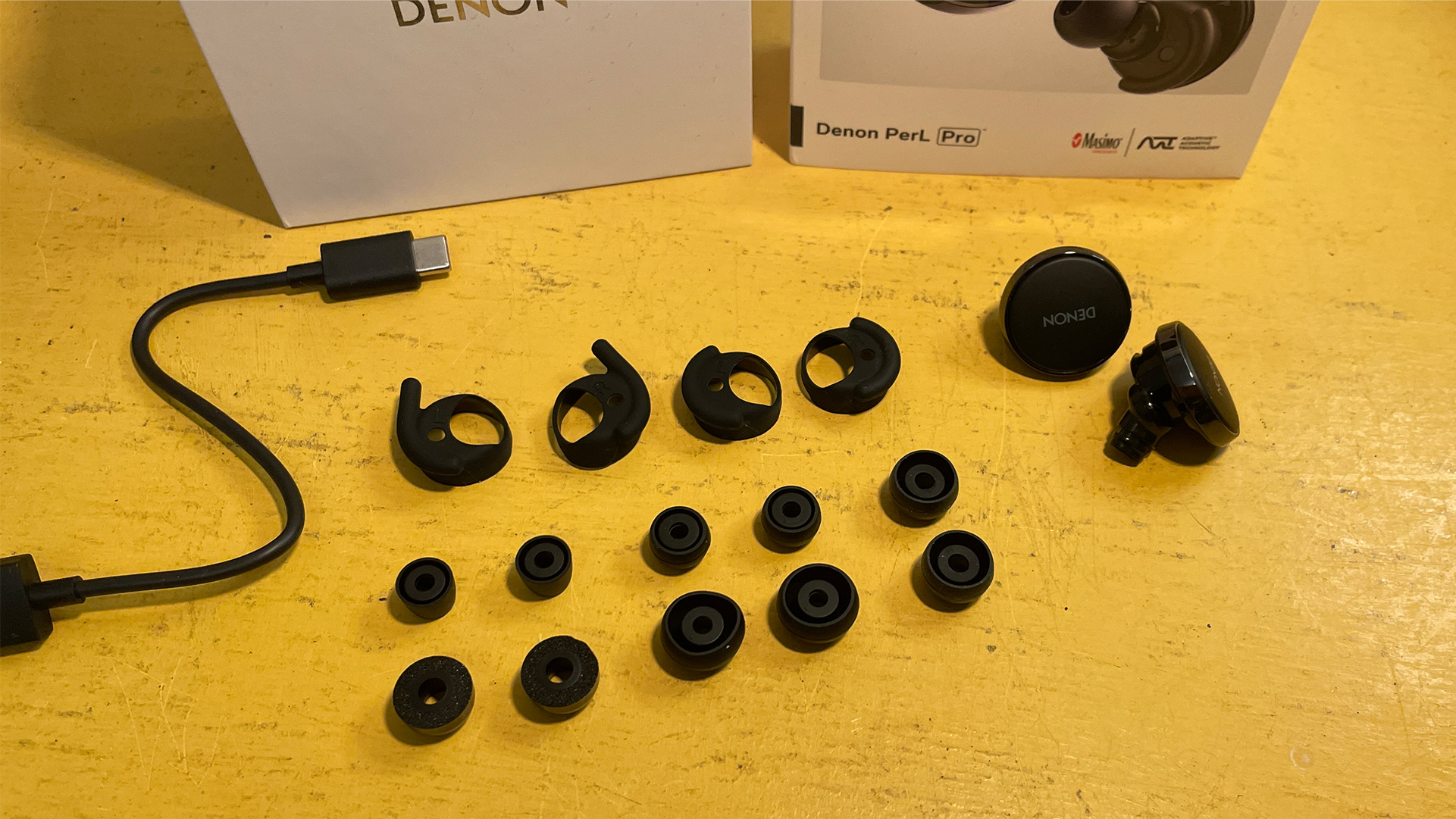
How do I make sure my wired earbuds fit properly?
This is such a basic aspect of earbud / headphone ownership, and yet it's something we see even seasoned professionals sometimes fail to check properly. How your tips fit inside your ears makes a dramatic difference to the sound and comfort you'll experience, so much so that you could be fooled into thinking you've bought a pair of duds if the tips aren't as nestled and secure as they should be.
Most wired earbuds should provide a choice of tip sizes (often small, medium and large), with many also offering those same size options but with a material of a different consistency (one set of foam and one set of silicone, say).
Make sure you try every iteration before settling on one pair, all while actively listening out for how the tips are affecting the sound.
Headphones will sound thin and lacking bass weight if they're too loose, or else thick and muffled if they're too big. They'll also be uncomfortable and/or prone to falling out if you've selected the wrong size, naturally.
To get a decent fit, we recommend trying each size out by gently furrowing the tips into the ear canal and then twisting them 45 degrees to lock them in place. The best fit will give you a solid seal with the walls of your ear canal and also block a degree of external noise without making your ears feel congested.
If you have modern, often pricier pairs of wireless earbuds, your companion app may offer an earbud fit test that runs a few tests while you’re wearing them to provide feedback on your fit.
Recent updates
- November 2025: Kept our copy up to date with the latest news and information.
- September 2025: Expanded the FAQ section.
- July 2025: We've given this list a makeover to include nothing but wired options. If you don't want wires, check out our list of the best wireless earbuds instead.
- July 2025: No new entries, but we've made references to upcoming models and ensured copy is up-to-date.
- May 2025: No new entries, but we've kept our copy up to date in line with recent market changes.
- April 2025: Added the Sony WF-C710N to our main list and put the C700N in the consider section.
- March 2025: We've added the SoundMagic E80D to our also consider section following a five-star review.
- February 2025: No new entries, but we've kept our copy up to date in line with the most recent changes to the market.
- January 2025: Replaced the Sony WF-1000XM5 with the newer Technics EAH-AZ100 and put the Sony in the also consider section.
- December 2024: Refreshed our copy to look ahead to prospective new pairs coming in 2025.
- November 2024: Added pictures to our FAQ section and refreshed copy in line with Awards and recent reviews.
- October 2024: Added the Sony WF-C510 as our best cheap wireless earbuds, put the C500 into our also consider section and labelled our Awards winners.
- September 2024: Following a rave five-star review, we've added the Bowers & Wilkins Pi8 wireless earbuds to the list as our 'best high-end wireless' entry.
- August 2024: Added references to new or upcoming models.
- July 2024: Added new question regarding ear tips to FAQ section.
- March 2024: Added also consider section to offer more alternatives for buyers
- February 2024: Added FAQ section to help with buying decisions and commonly asked questions.
- January 2024: Replaced the Bose QuietComfort Earbuds II with the new Bose QuietComfort Ultra Earbuds following a five-star review for the latter.
The latest hi-fi, home cinema and tech news, reviews, buying advice and deals, direct to your inbox.

Harry McKerrell is a senior staff writer at What Hi-Fi?. During his time at the publication, he has written countless news stories alongside features, advice and reviews of products ranging from floorstanding speakers and music streamers to over-ear headphones, wireless earbuds and portable DACs. He has covered launches from hi-fi and consumer tech brands, and major industry events including IFA, High End Munich and, of course, the Bristol Hi-Fi Show. When not at work he can be found playing hockey, practising the piano or trying to pet strangers' dogs.
